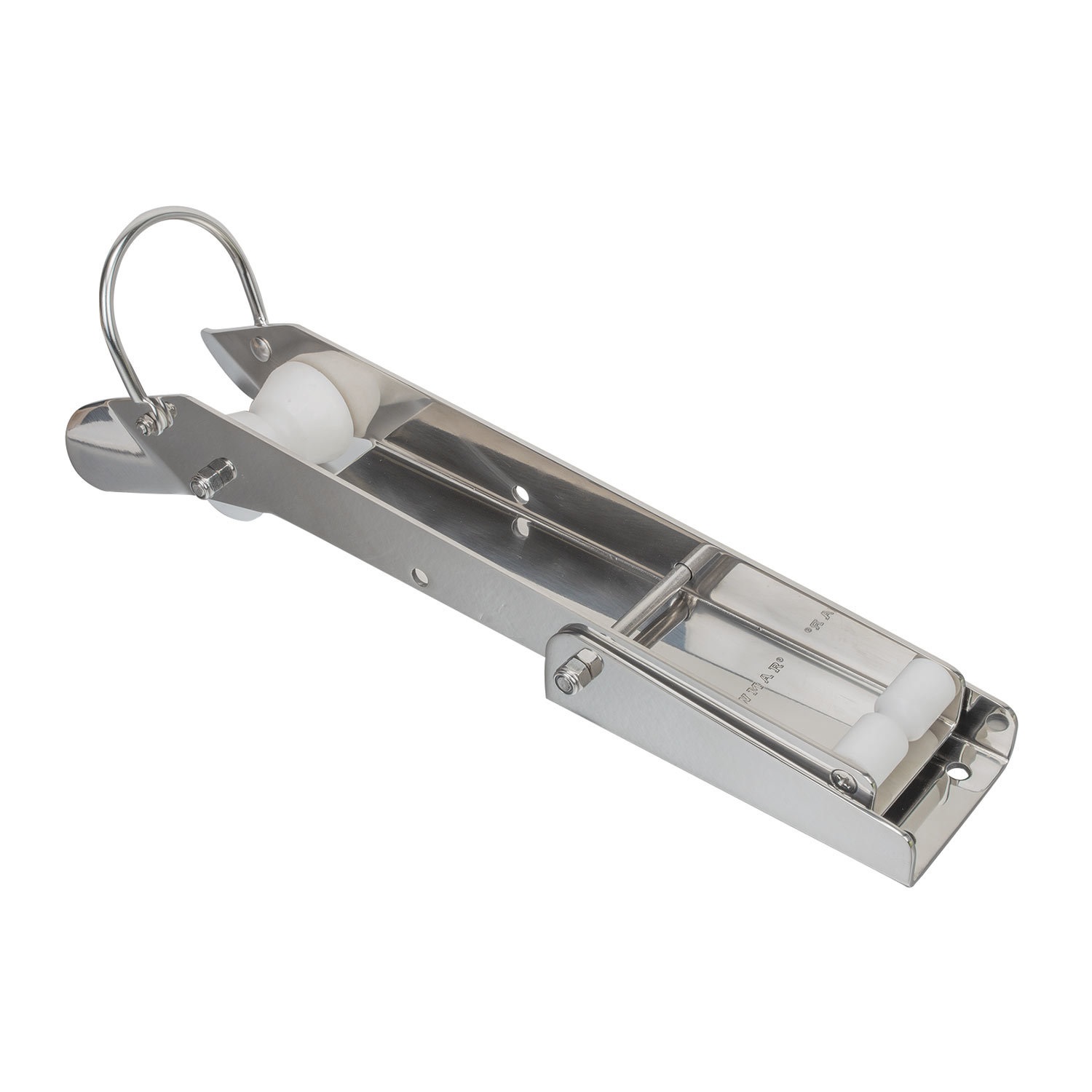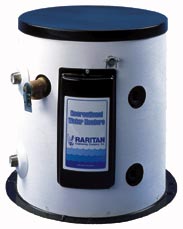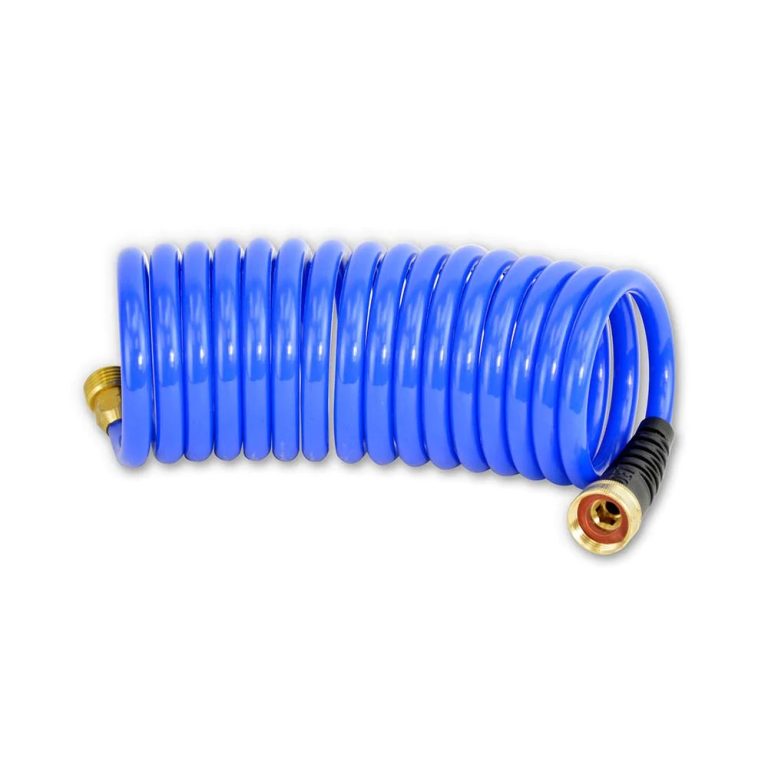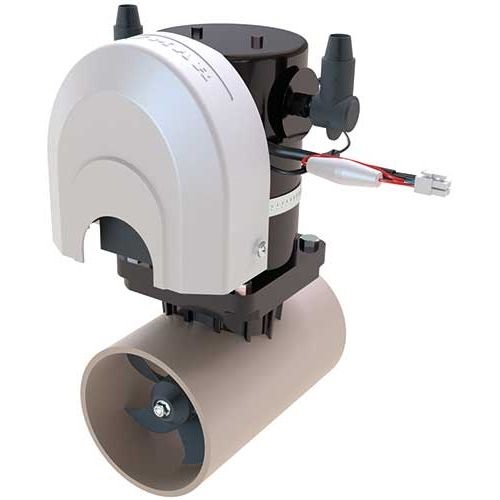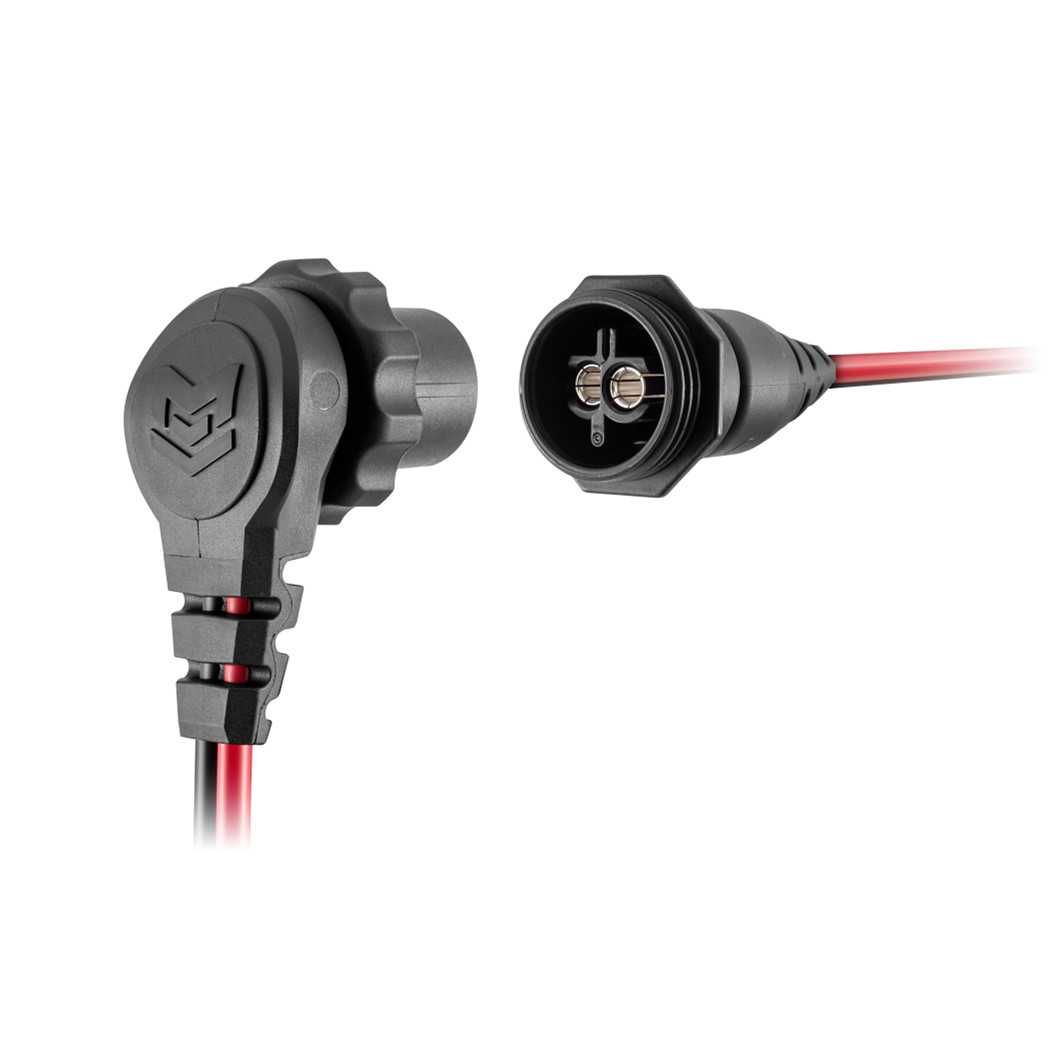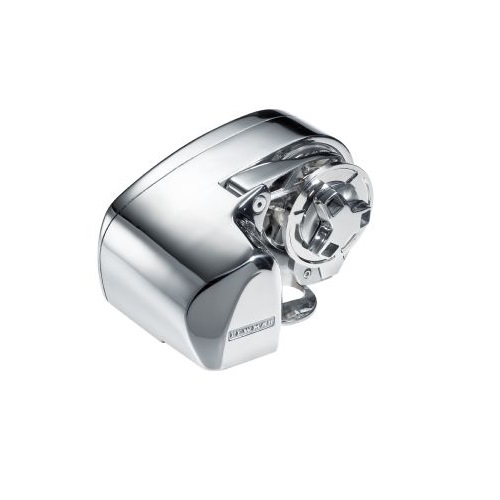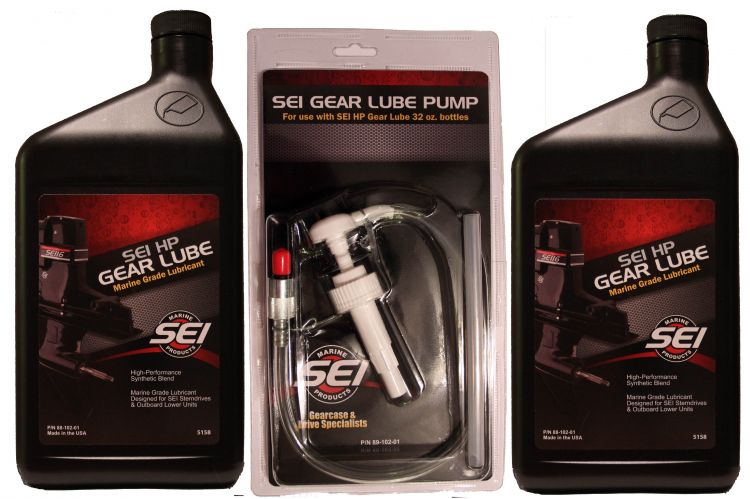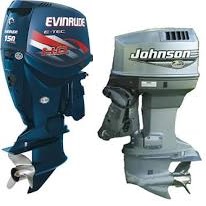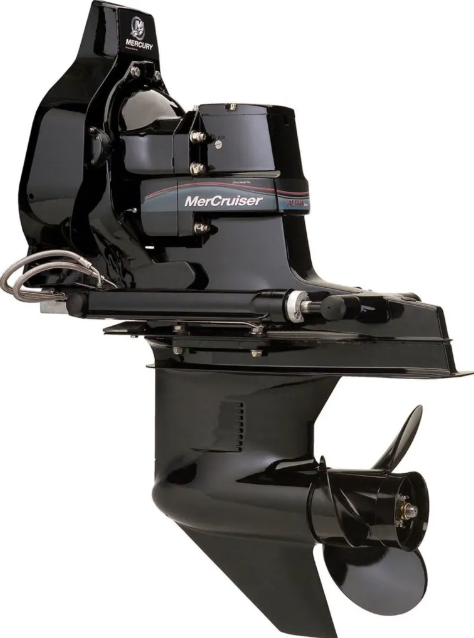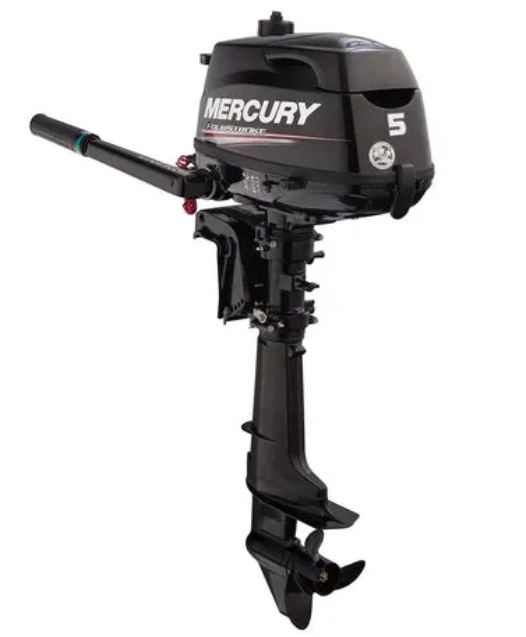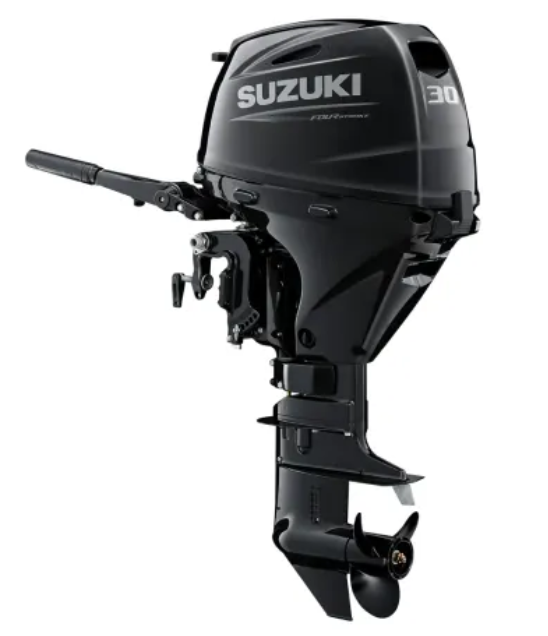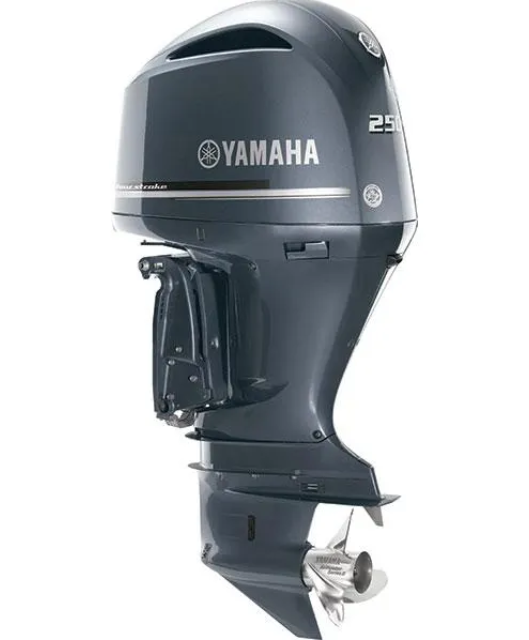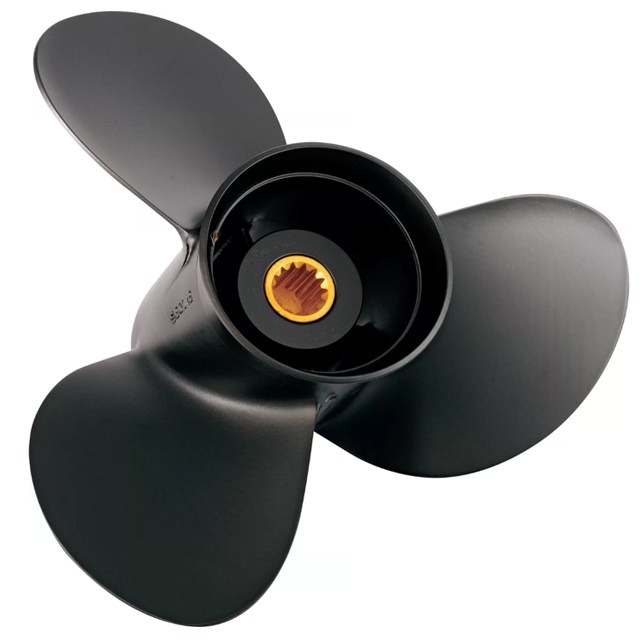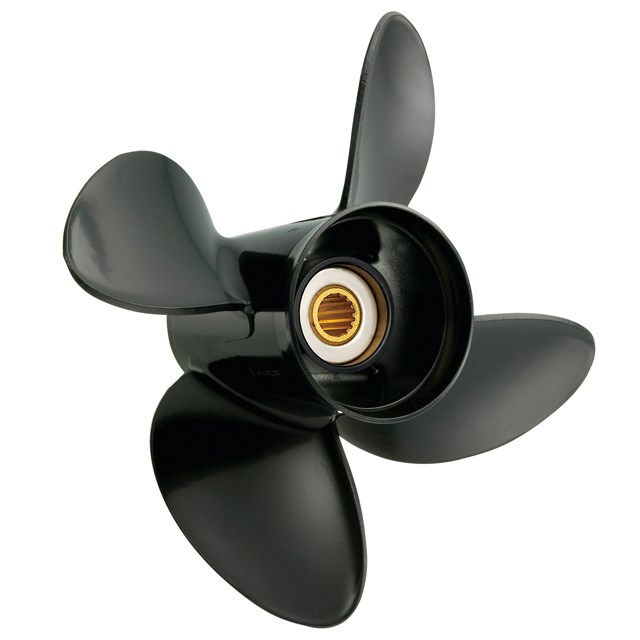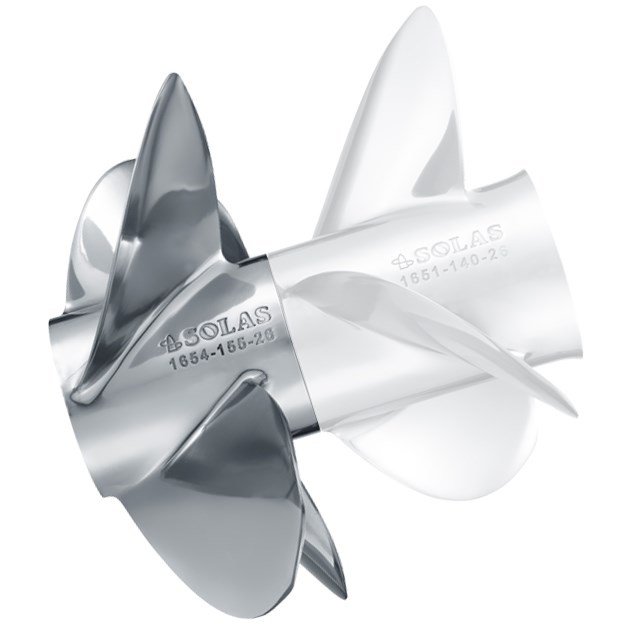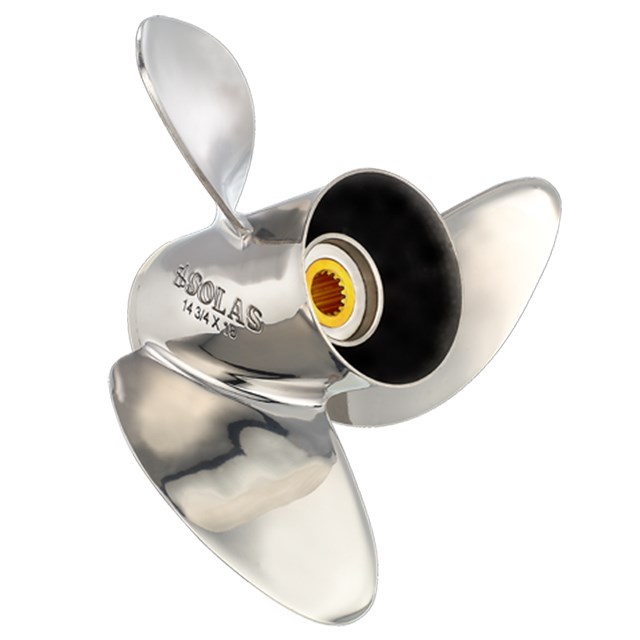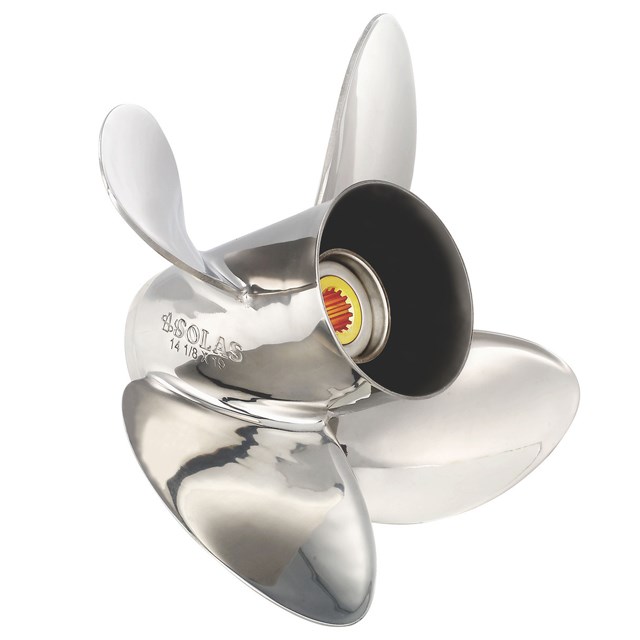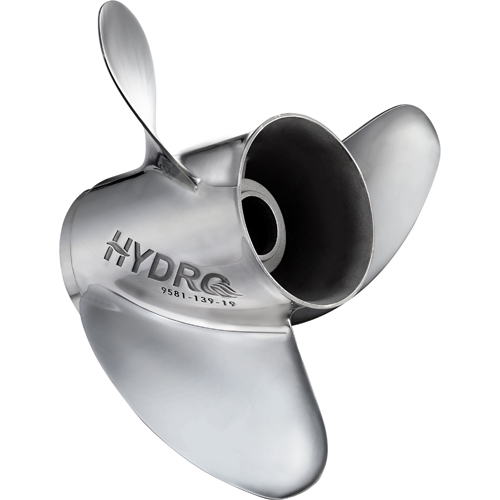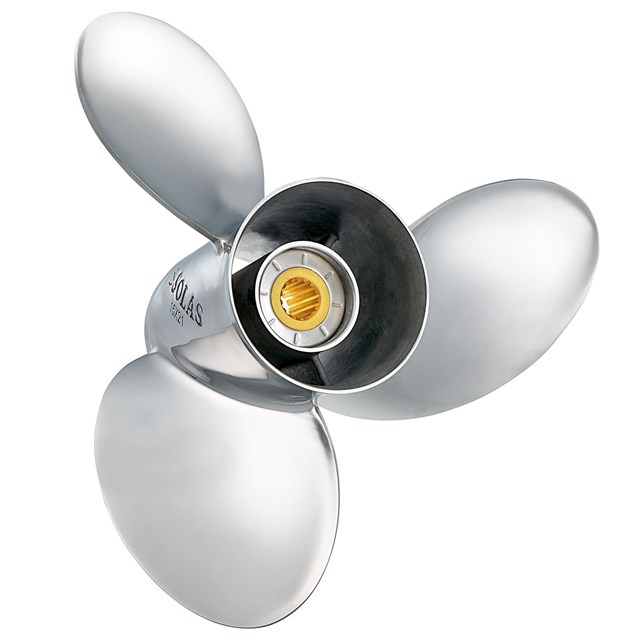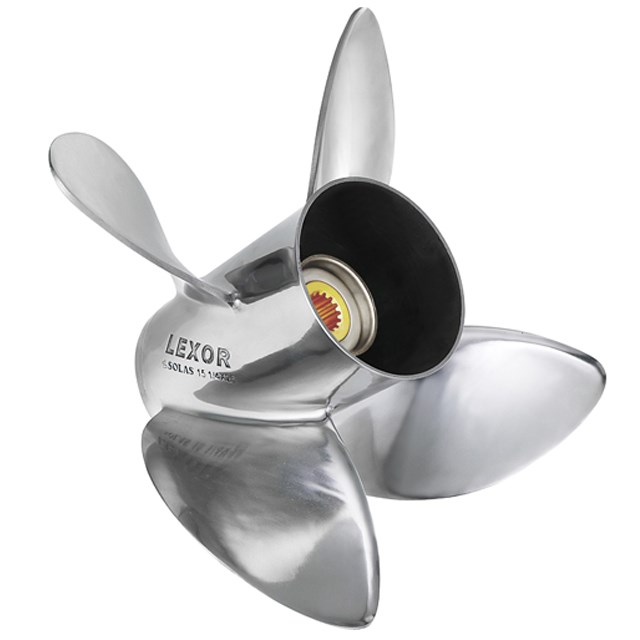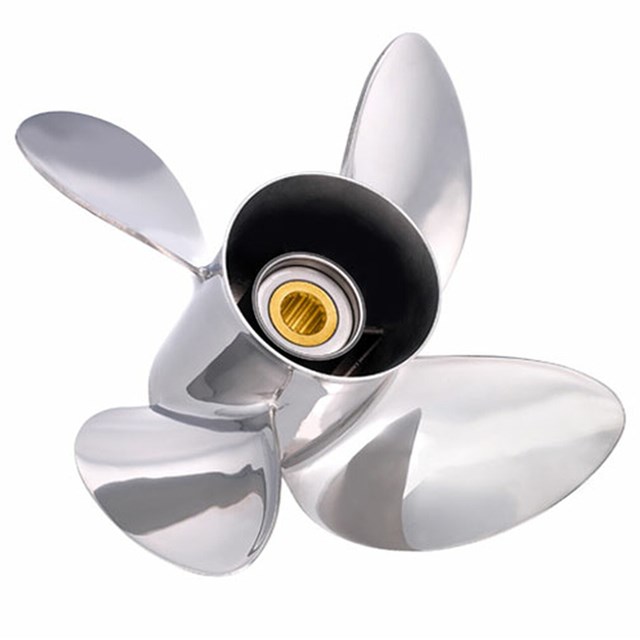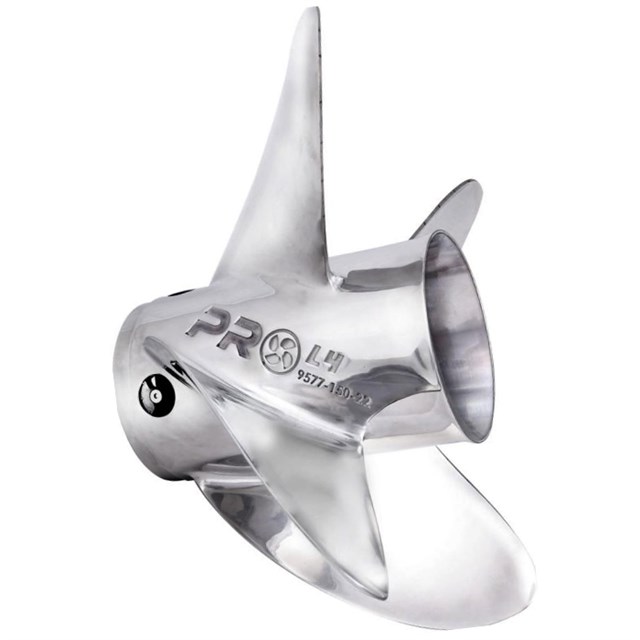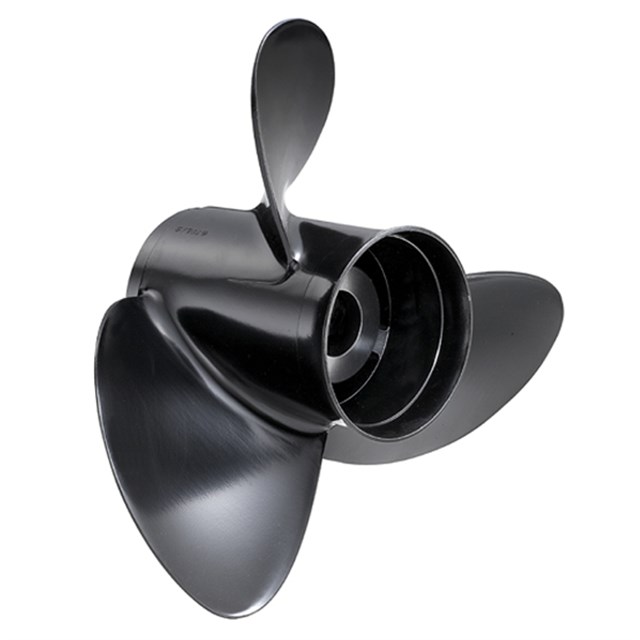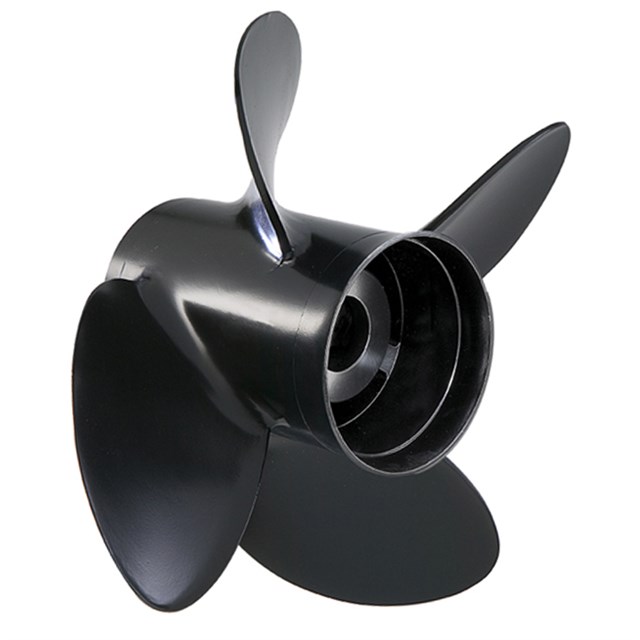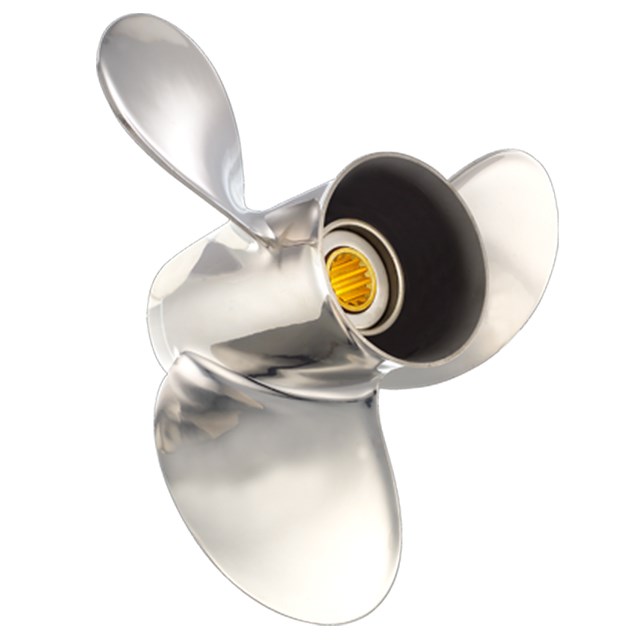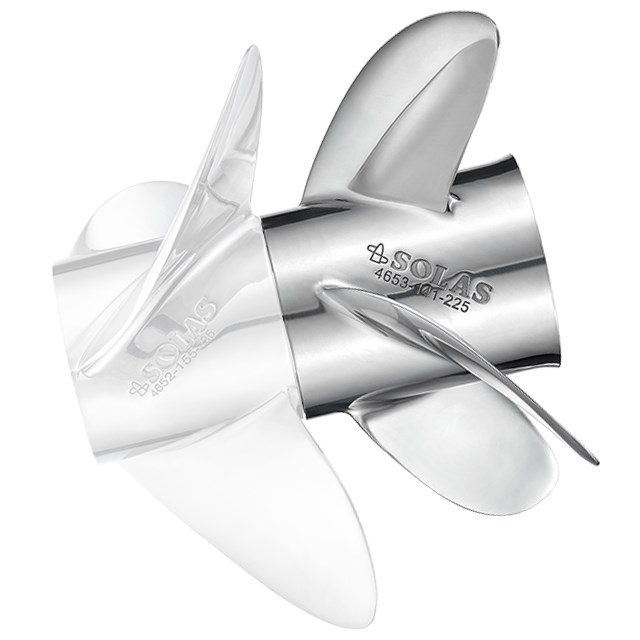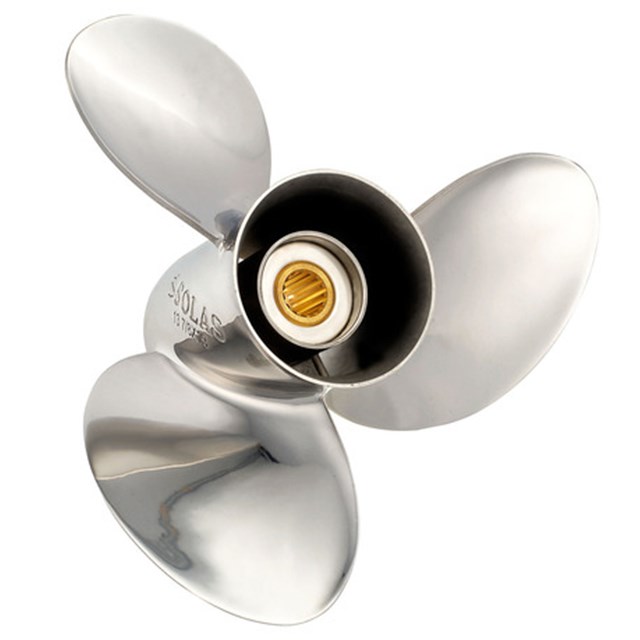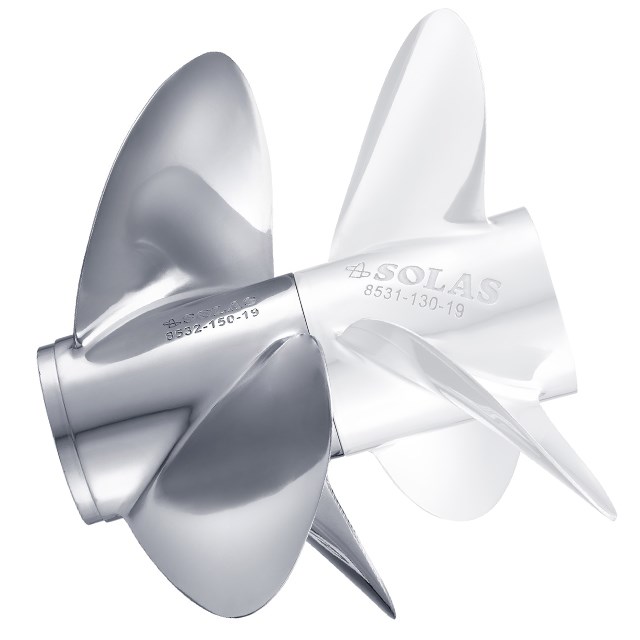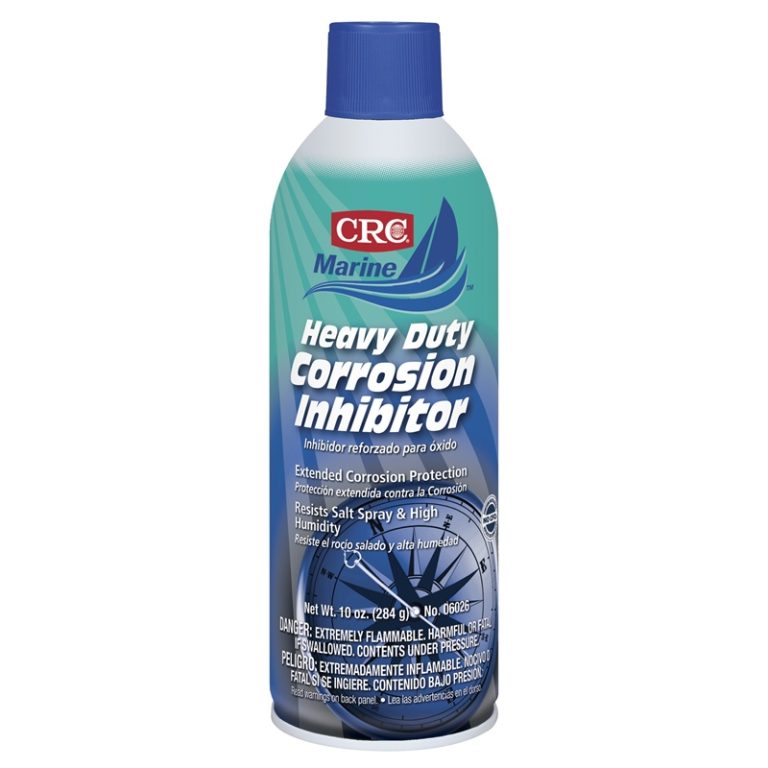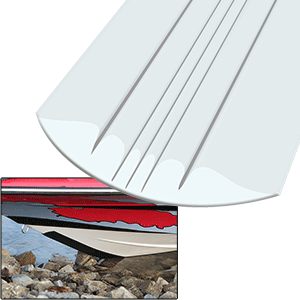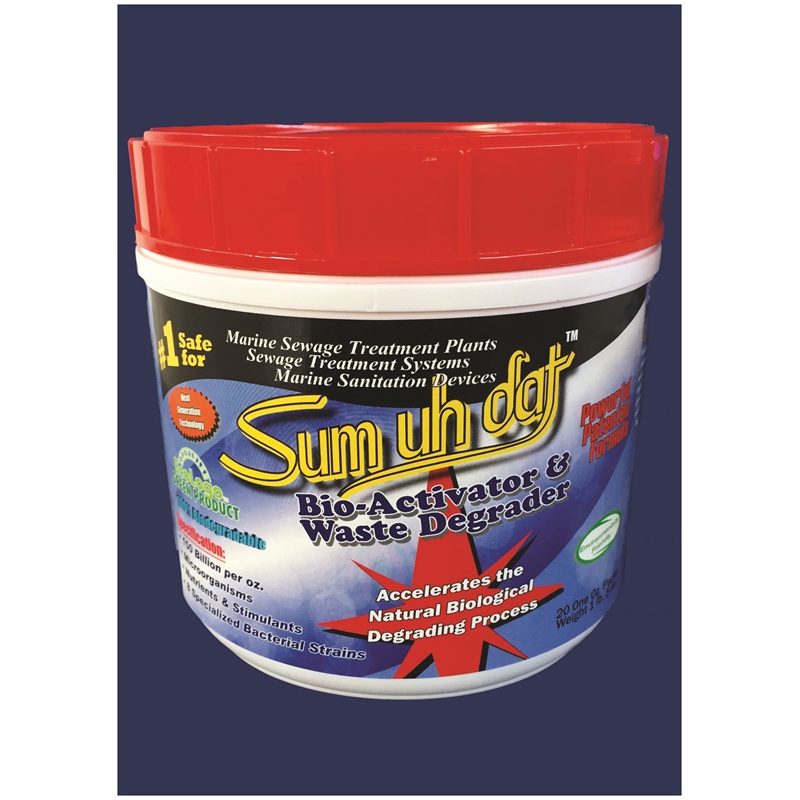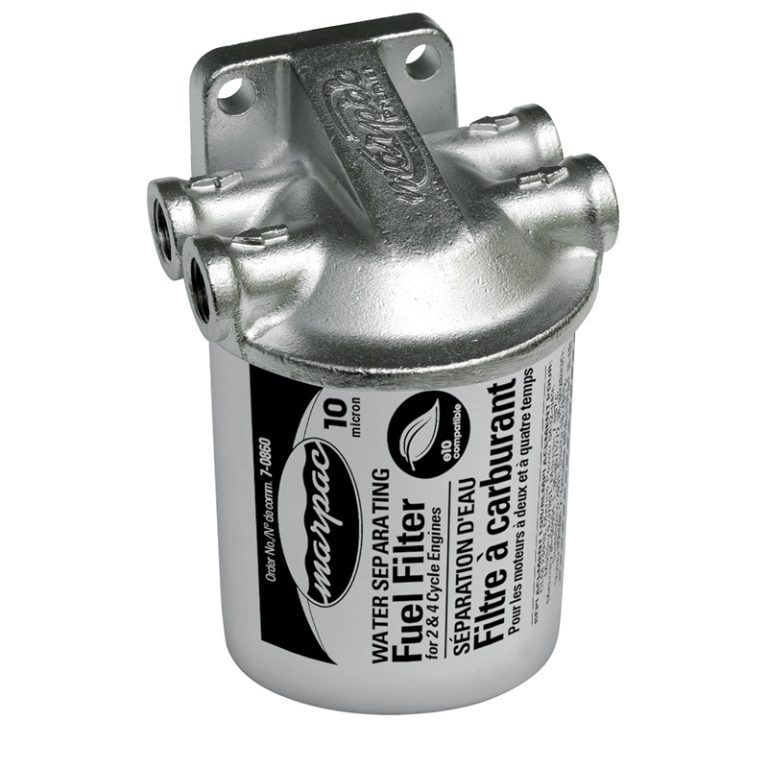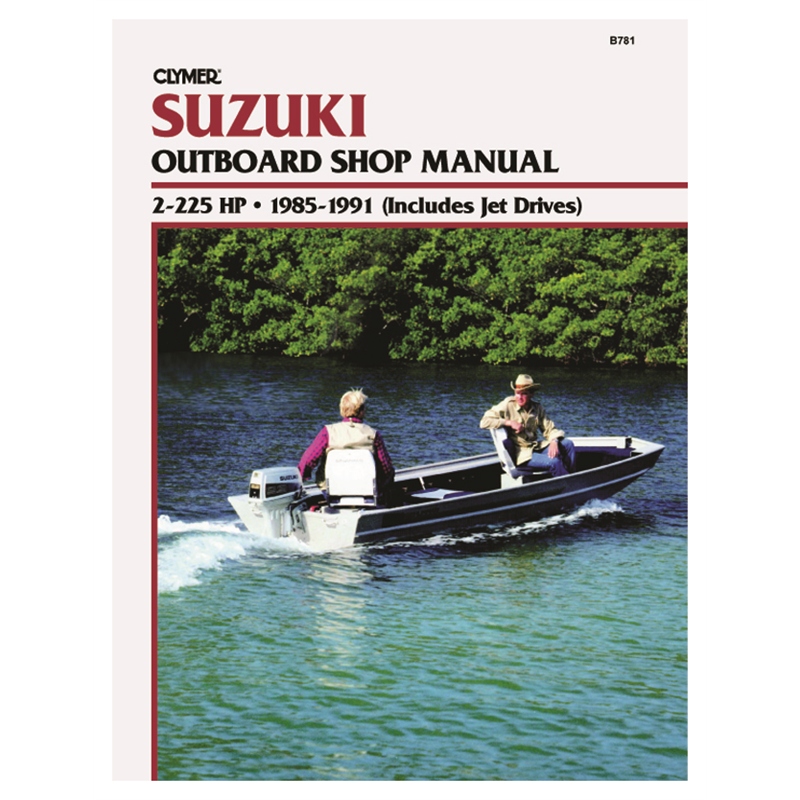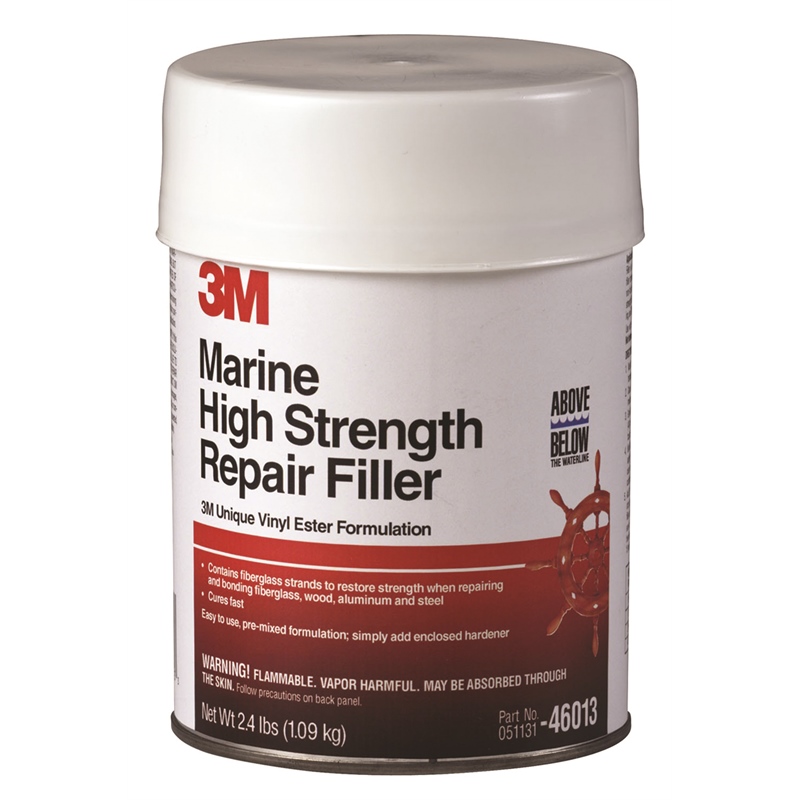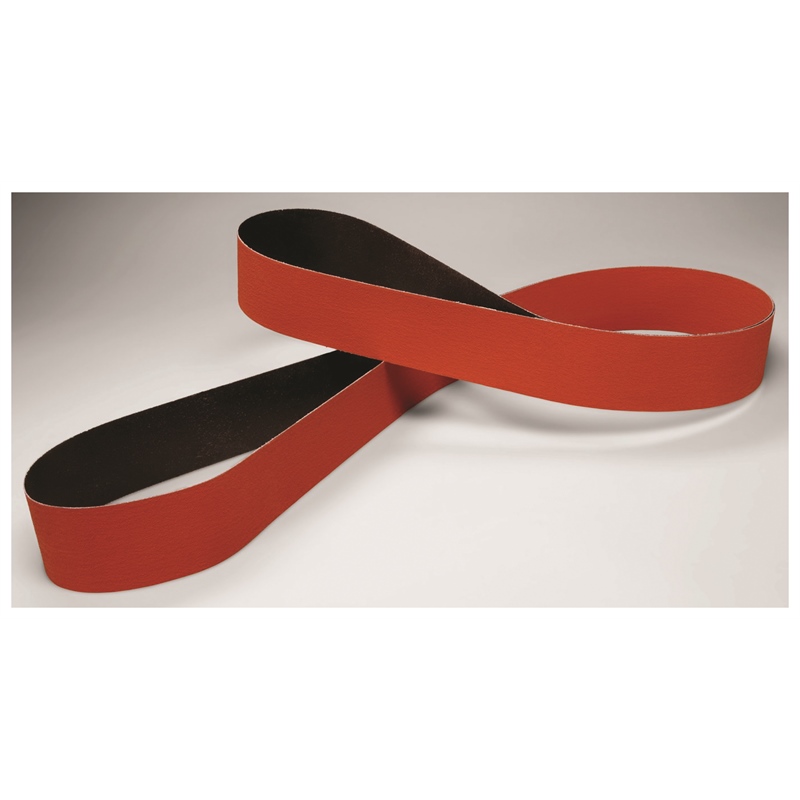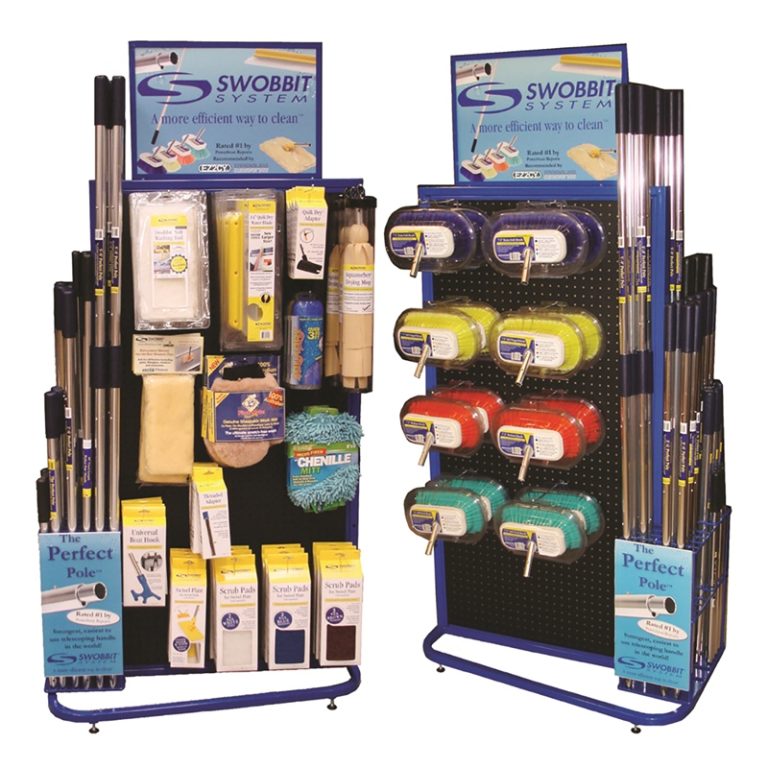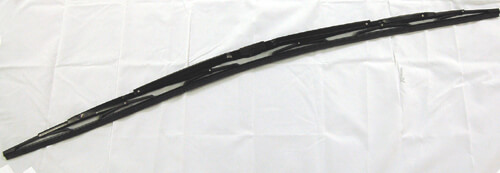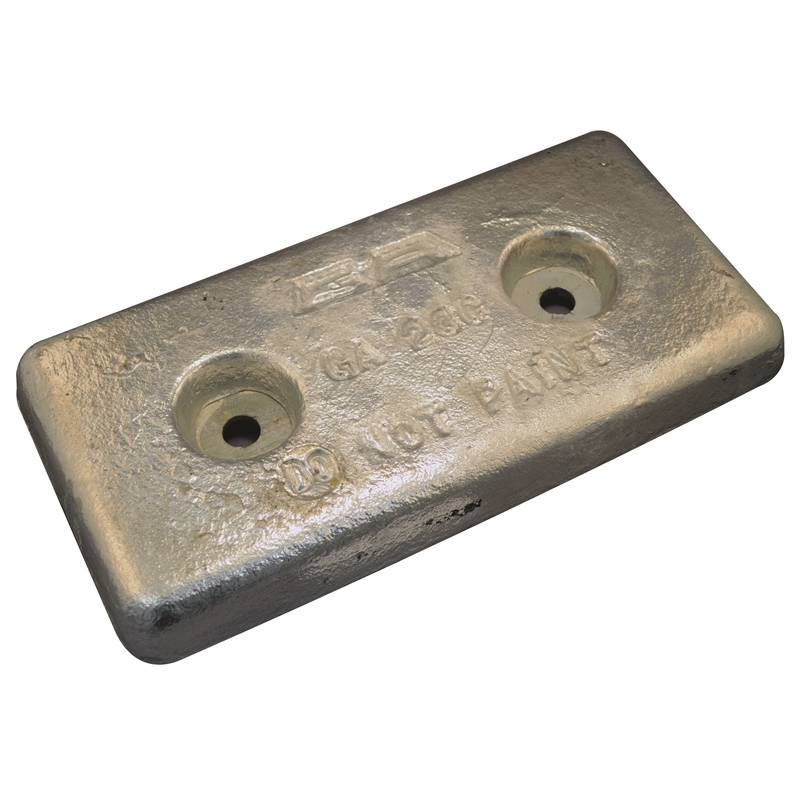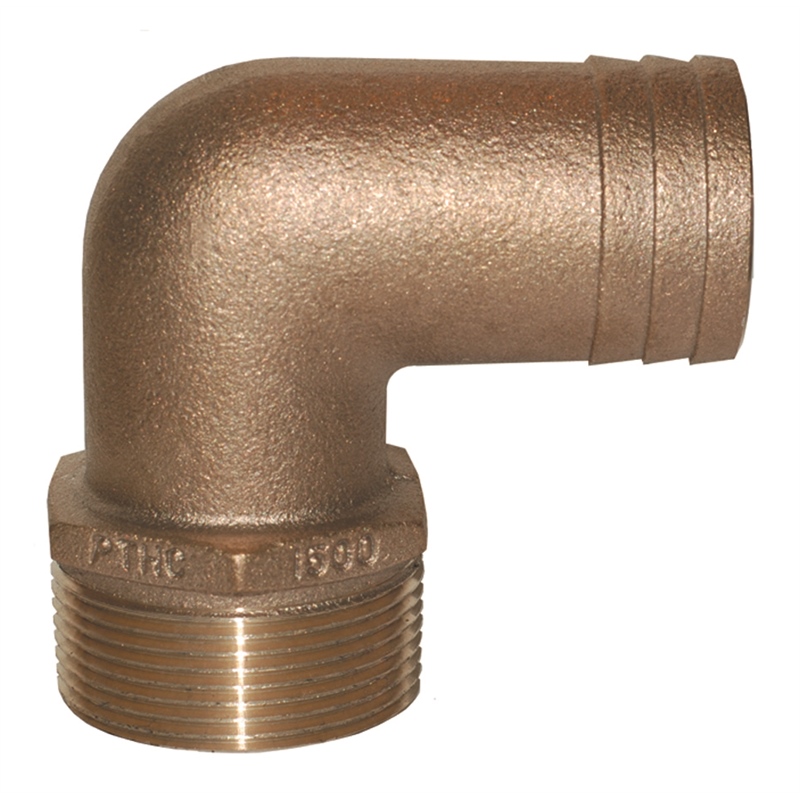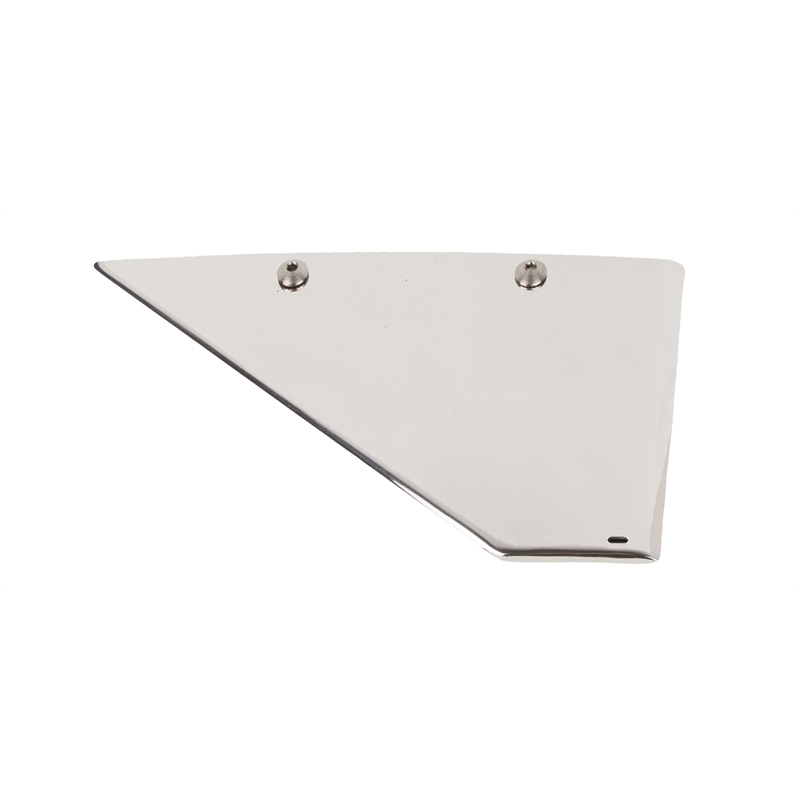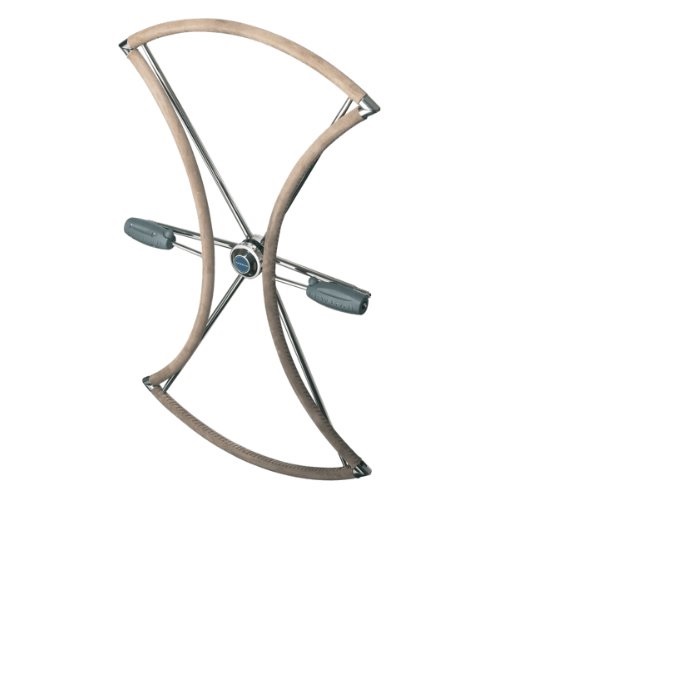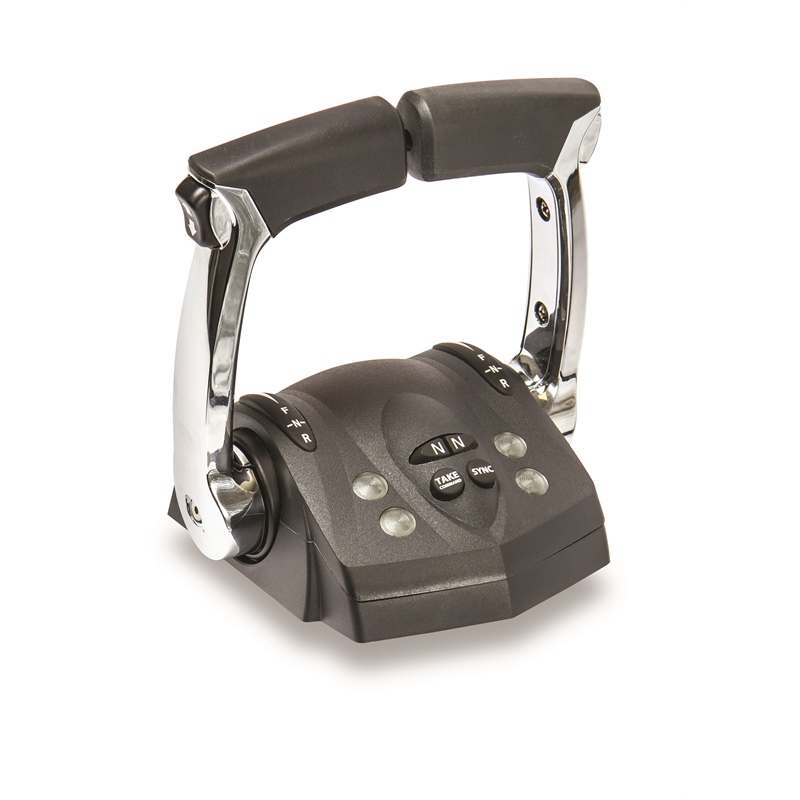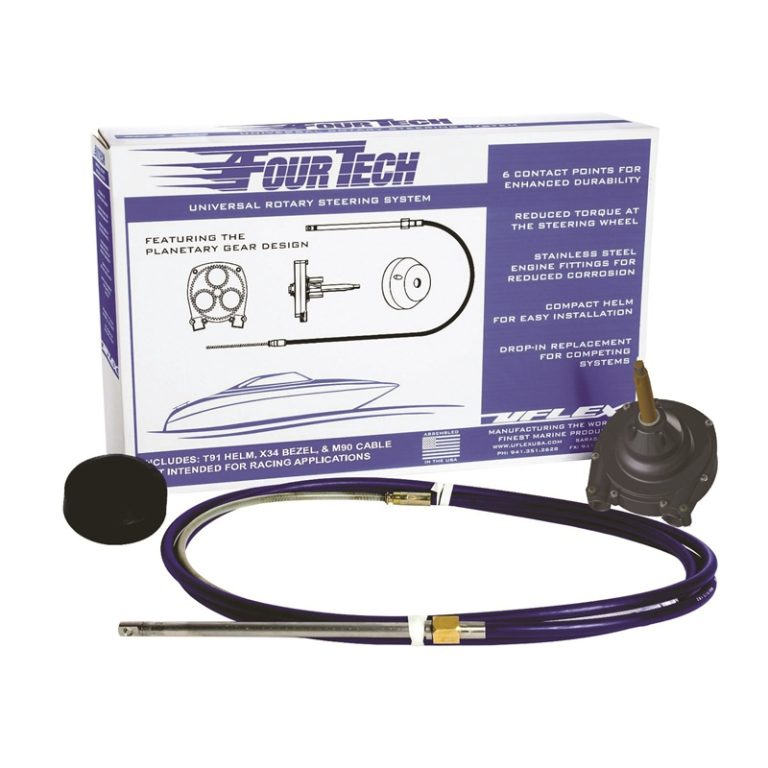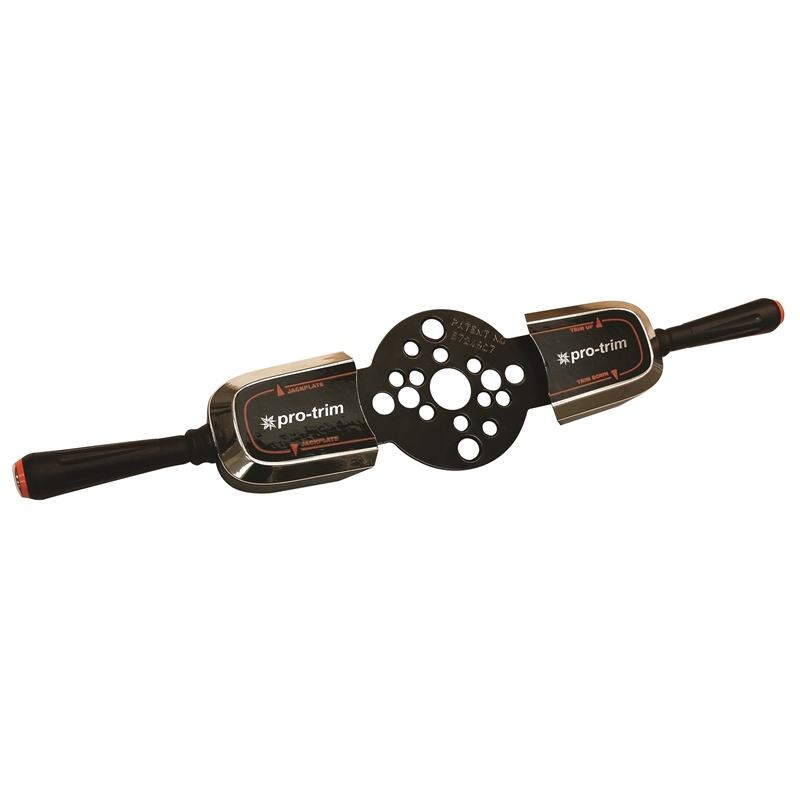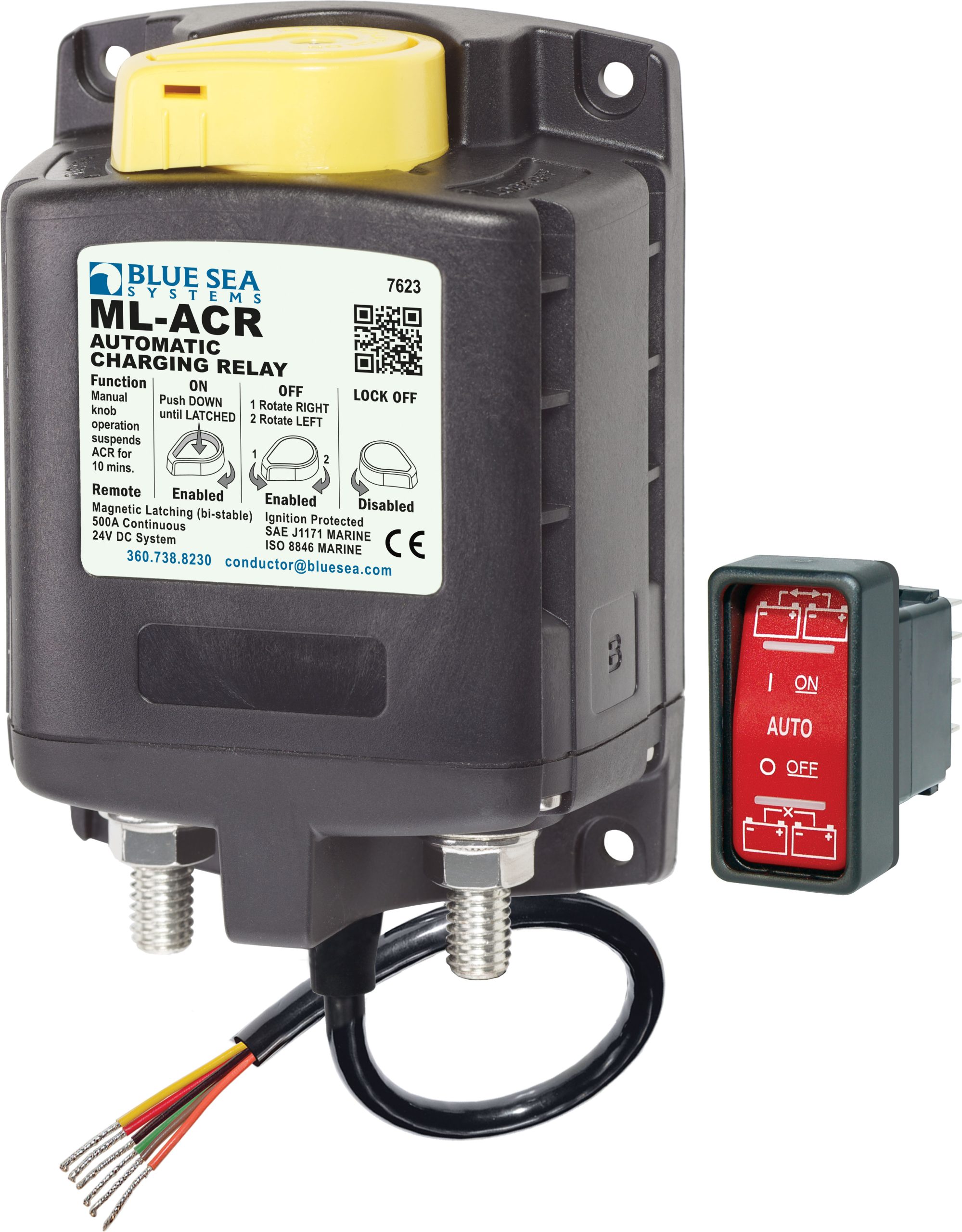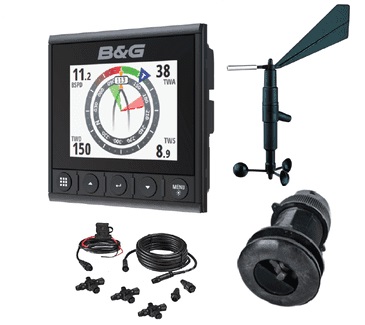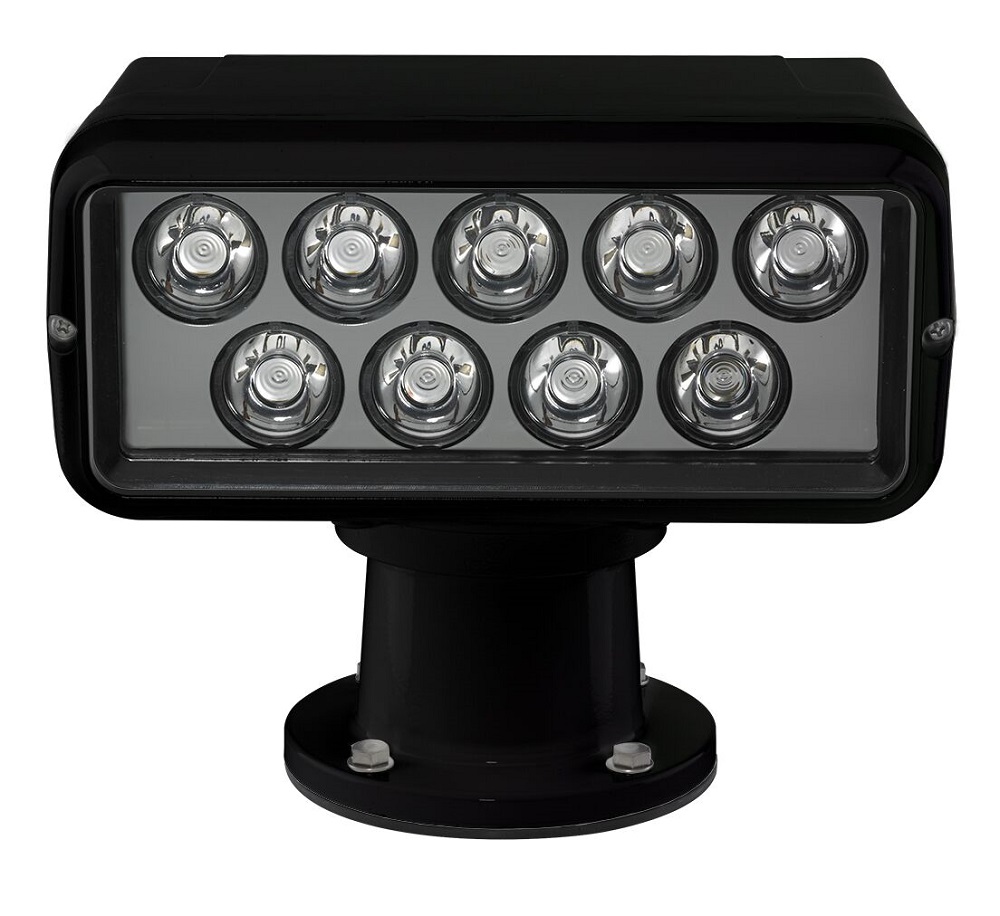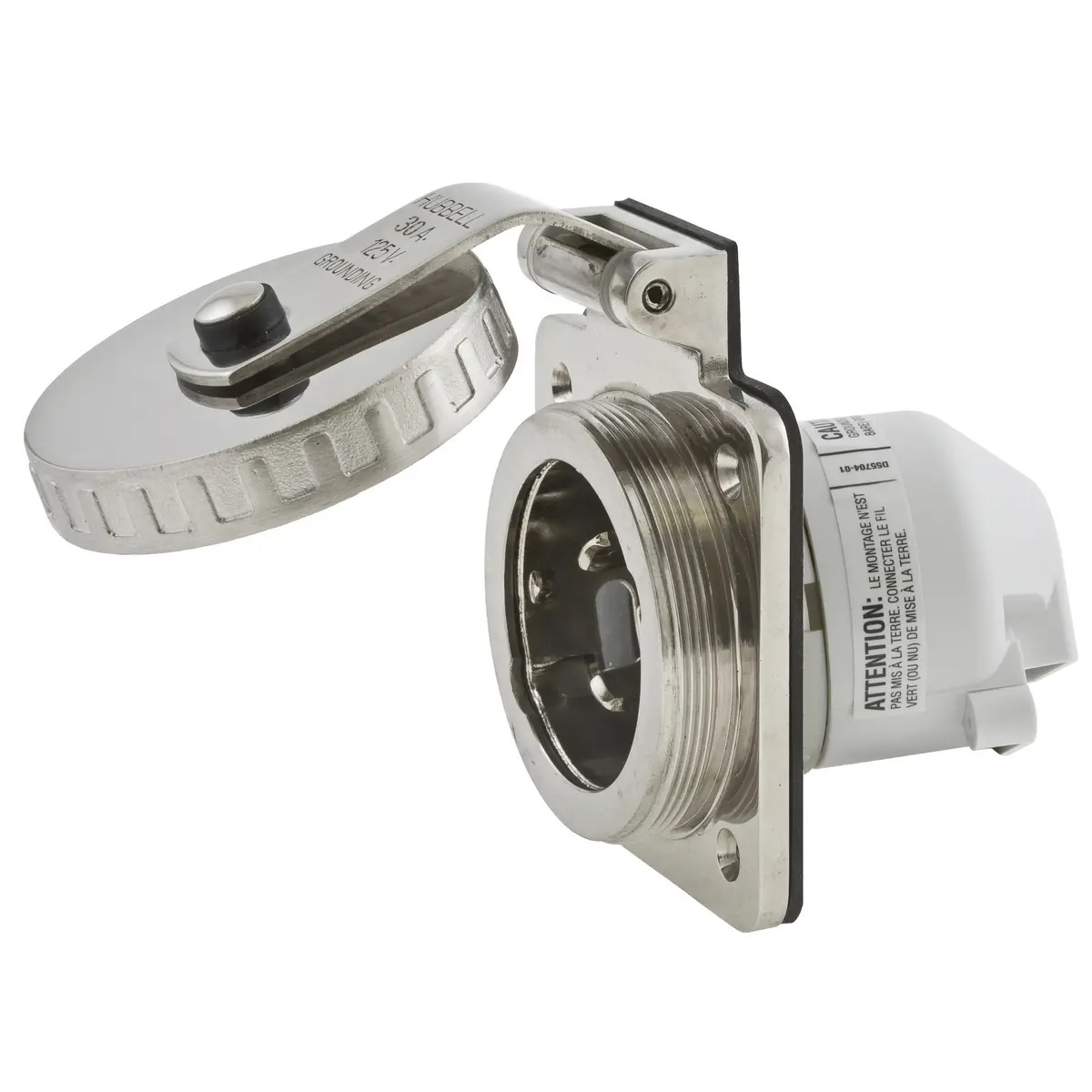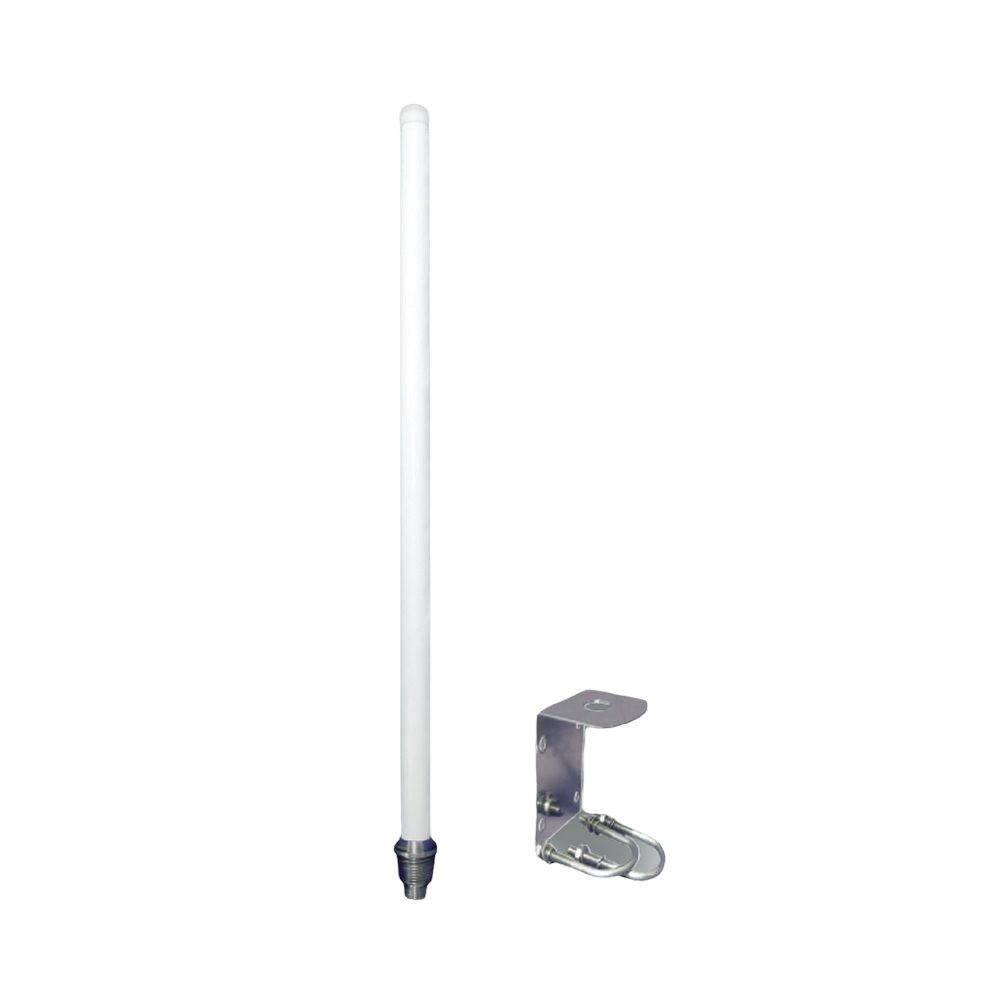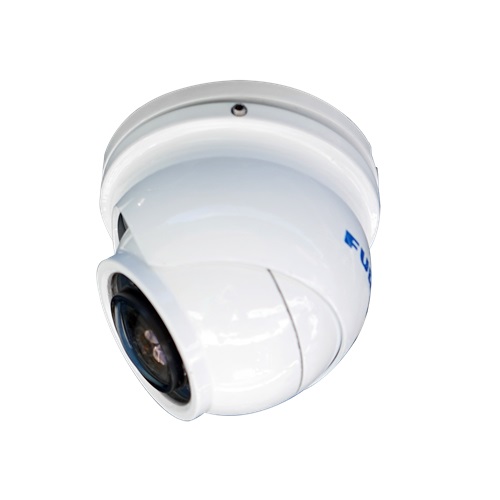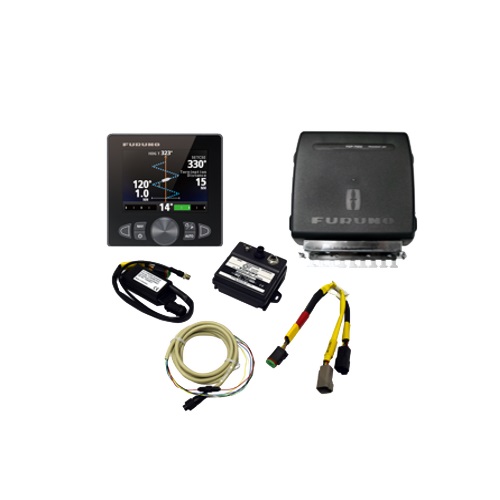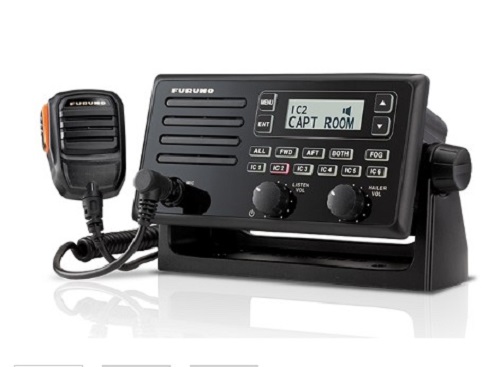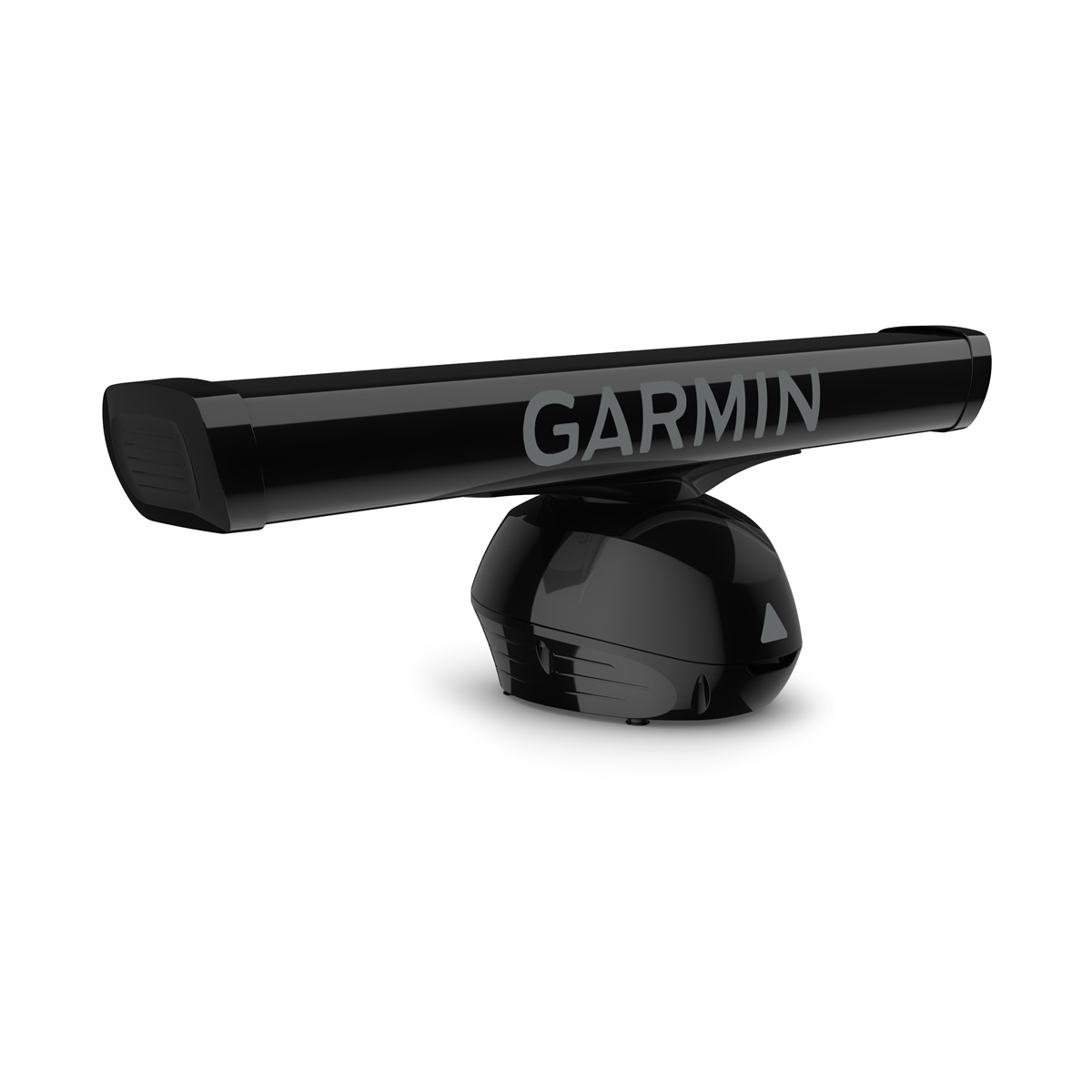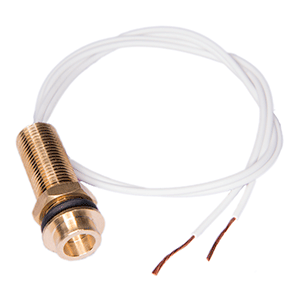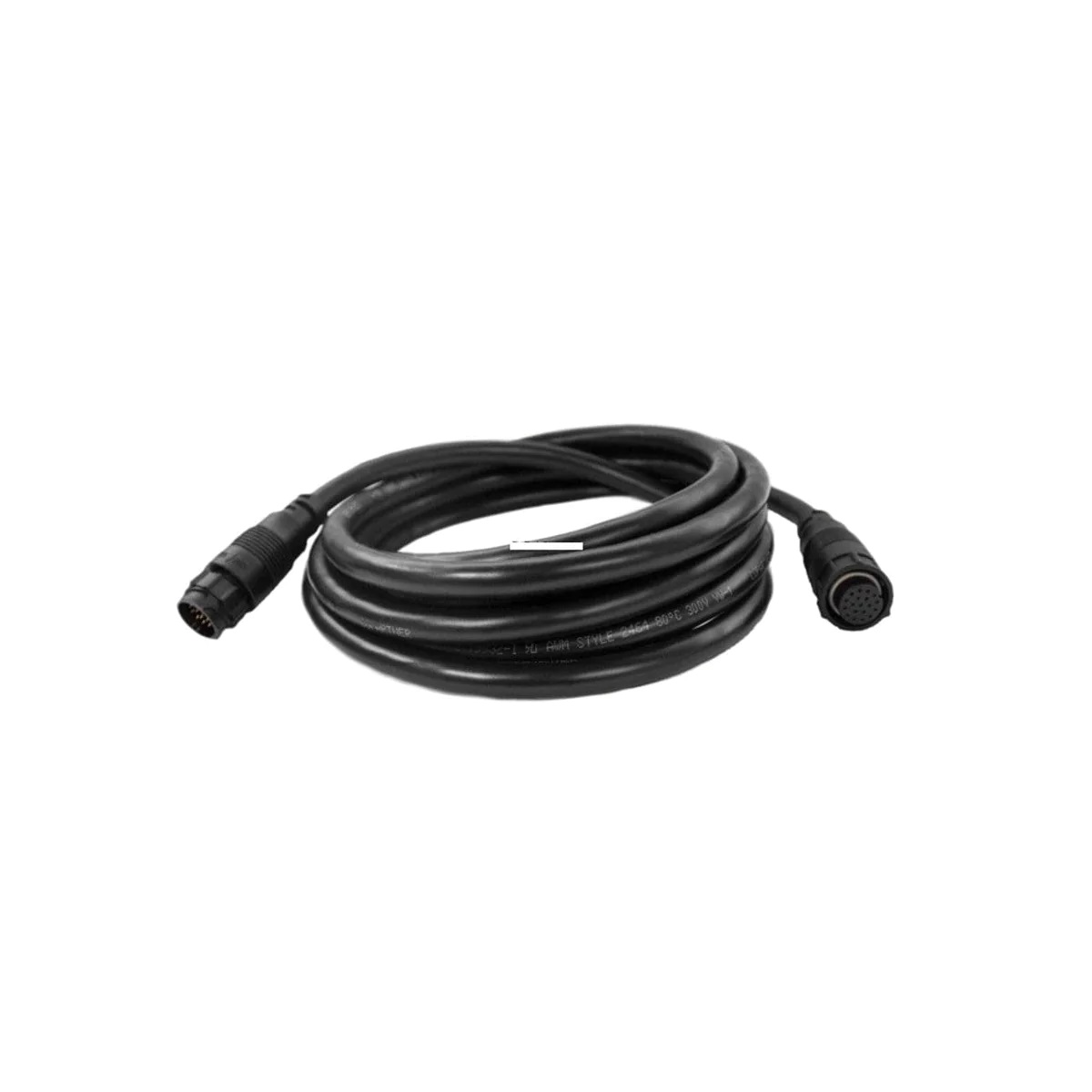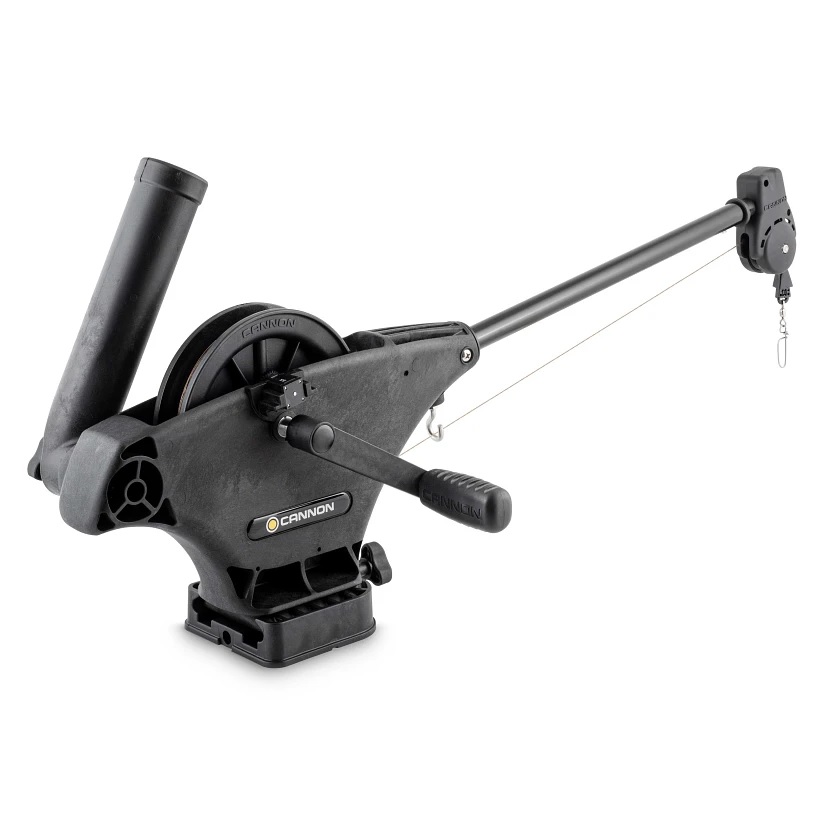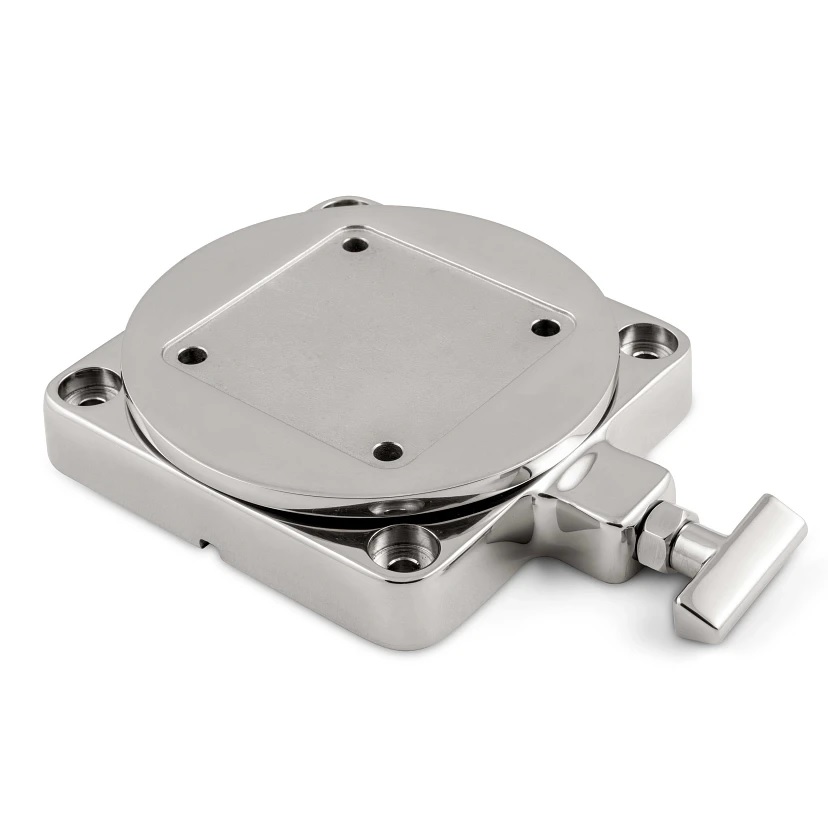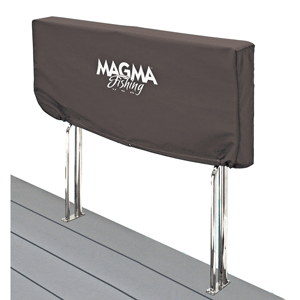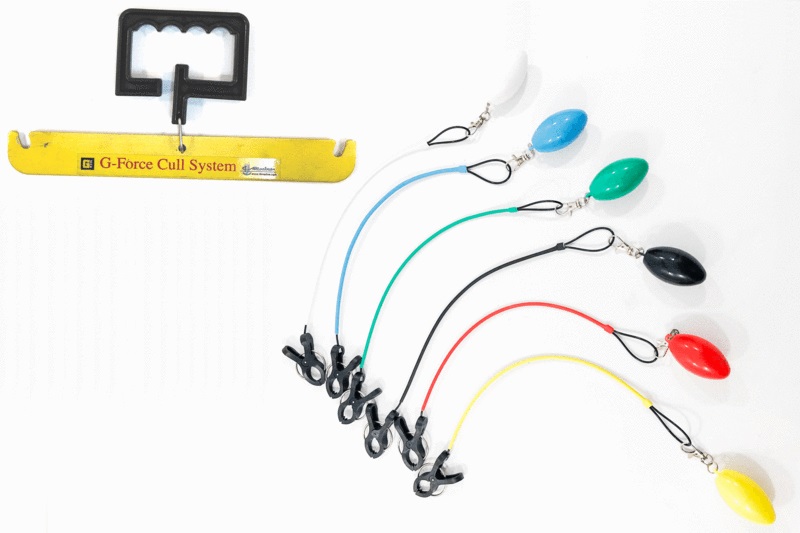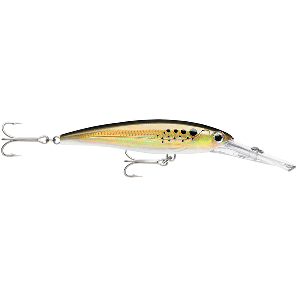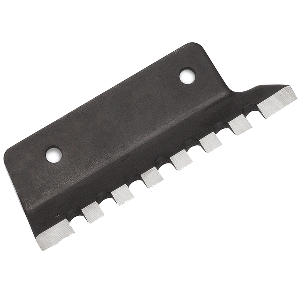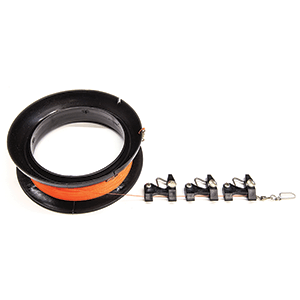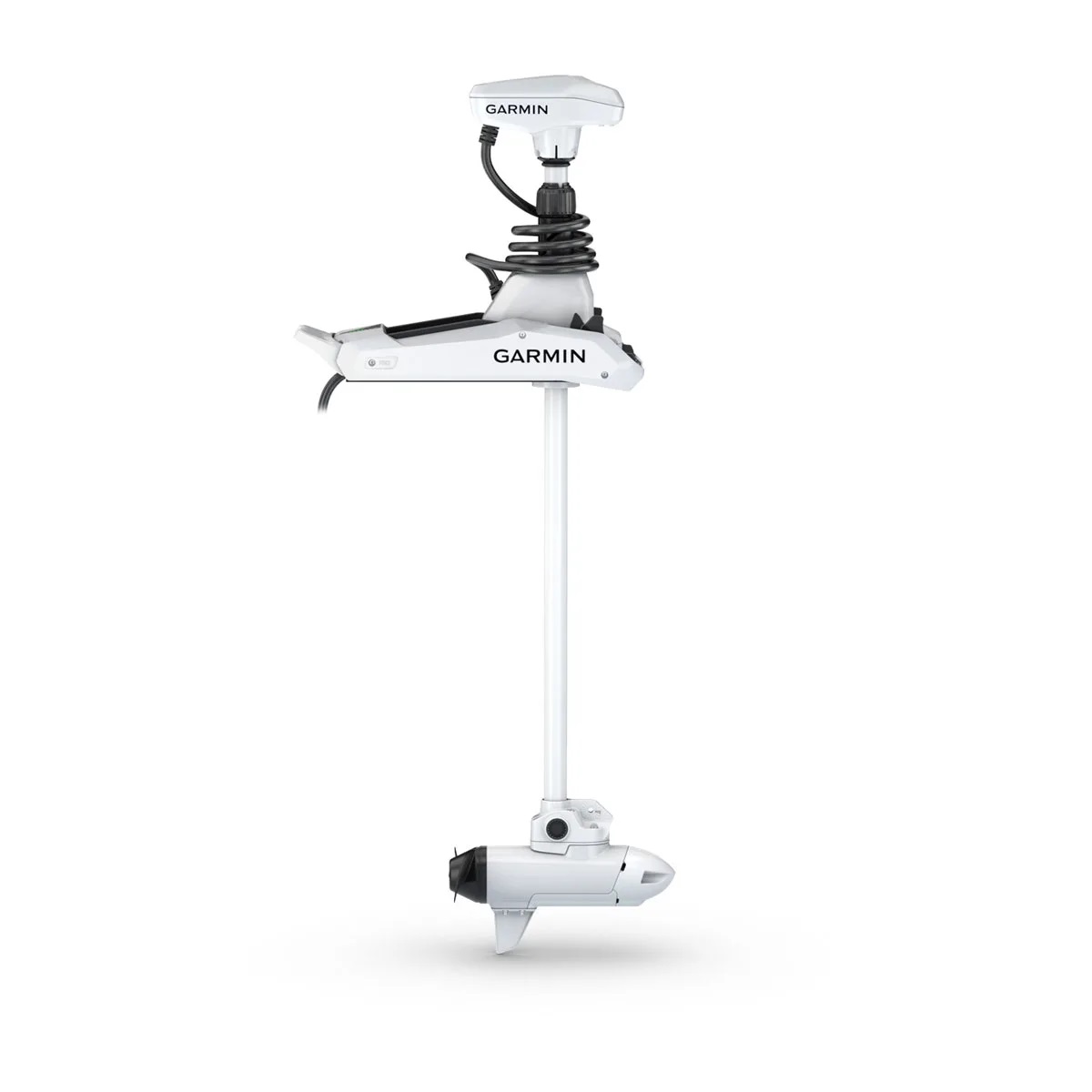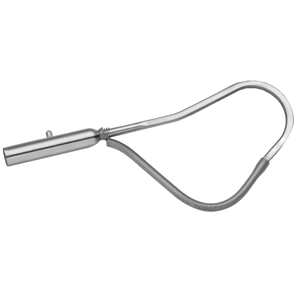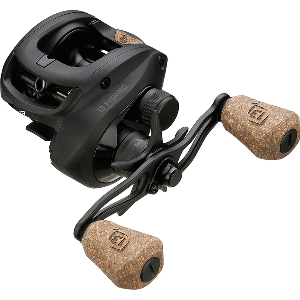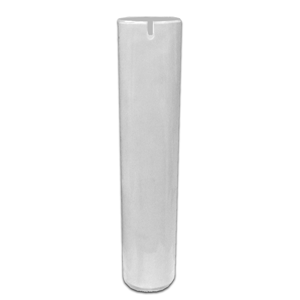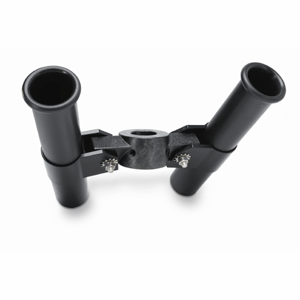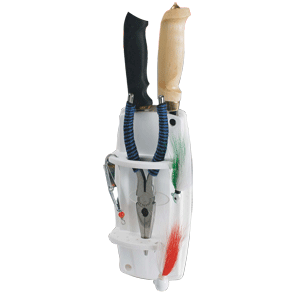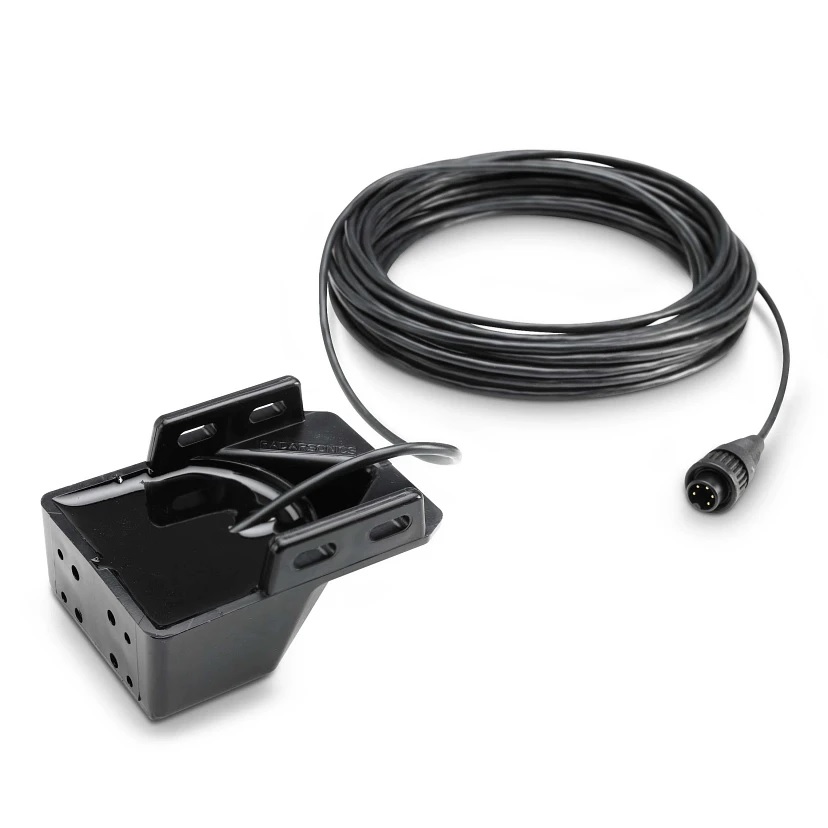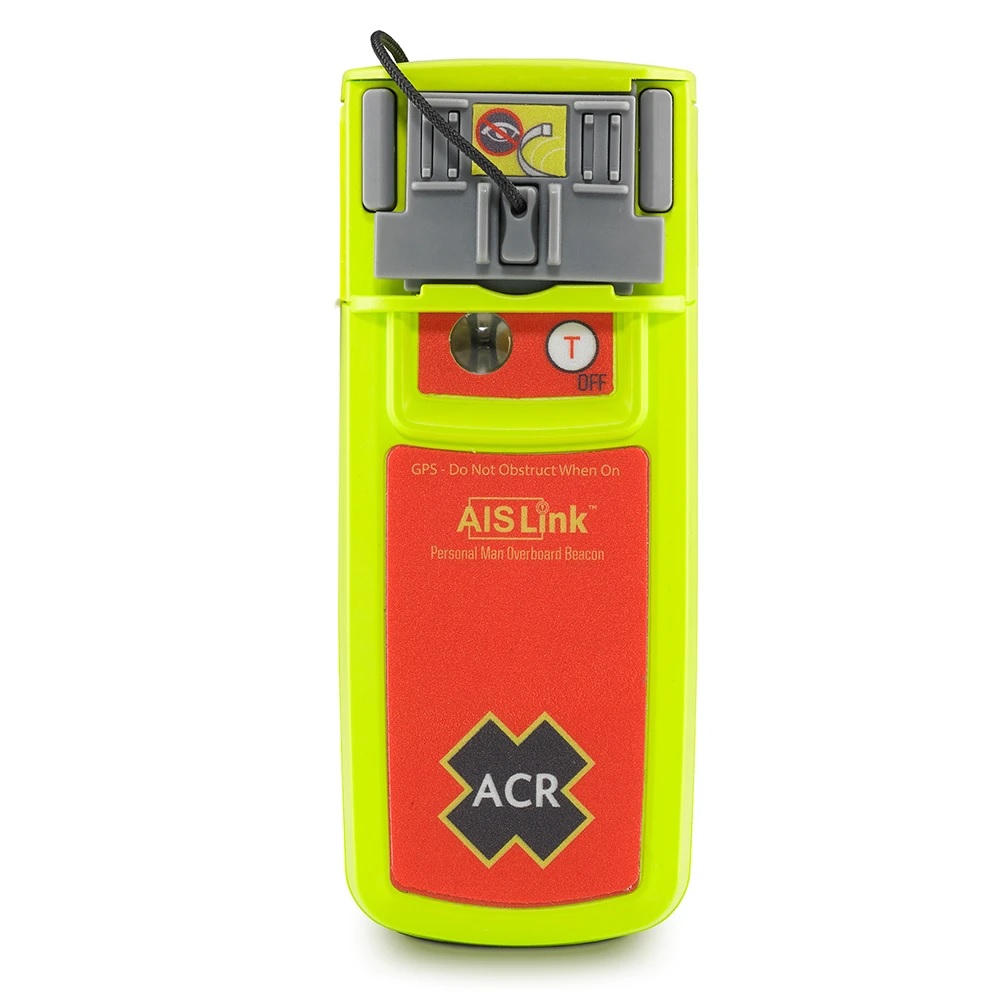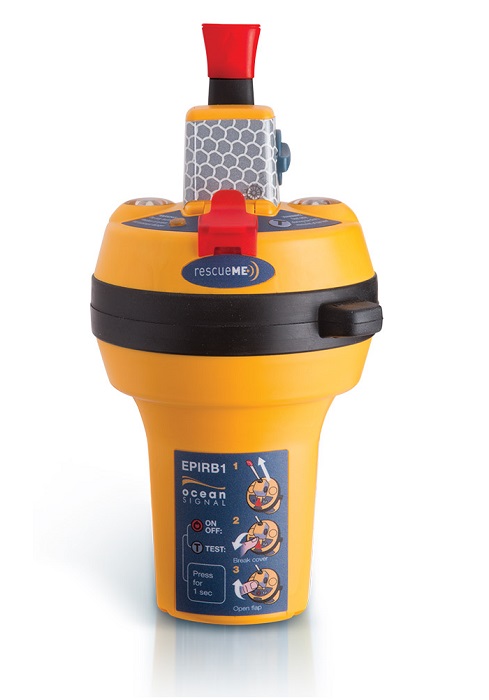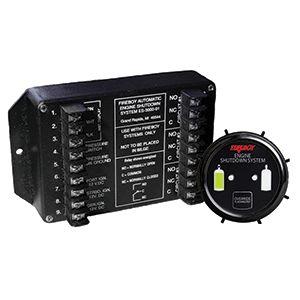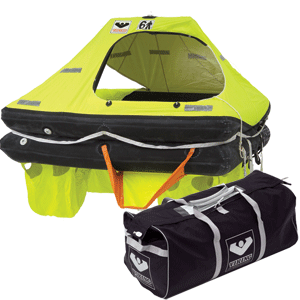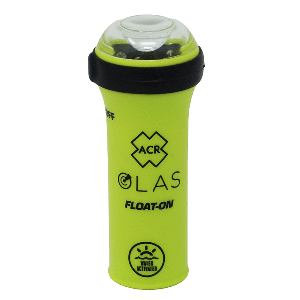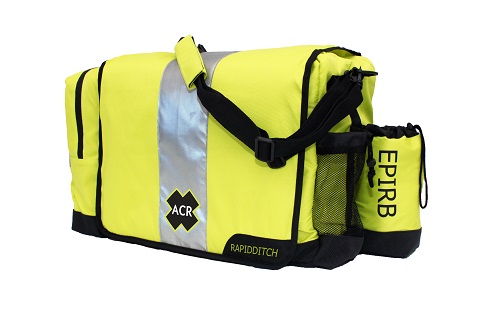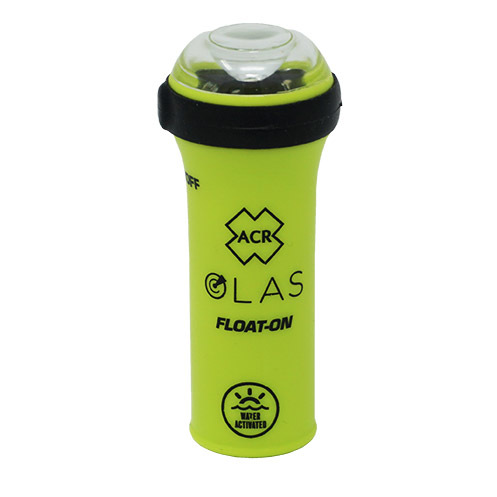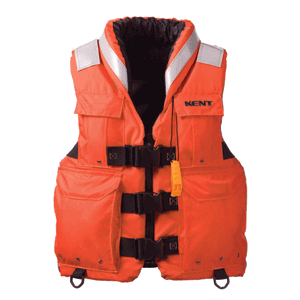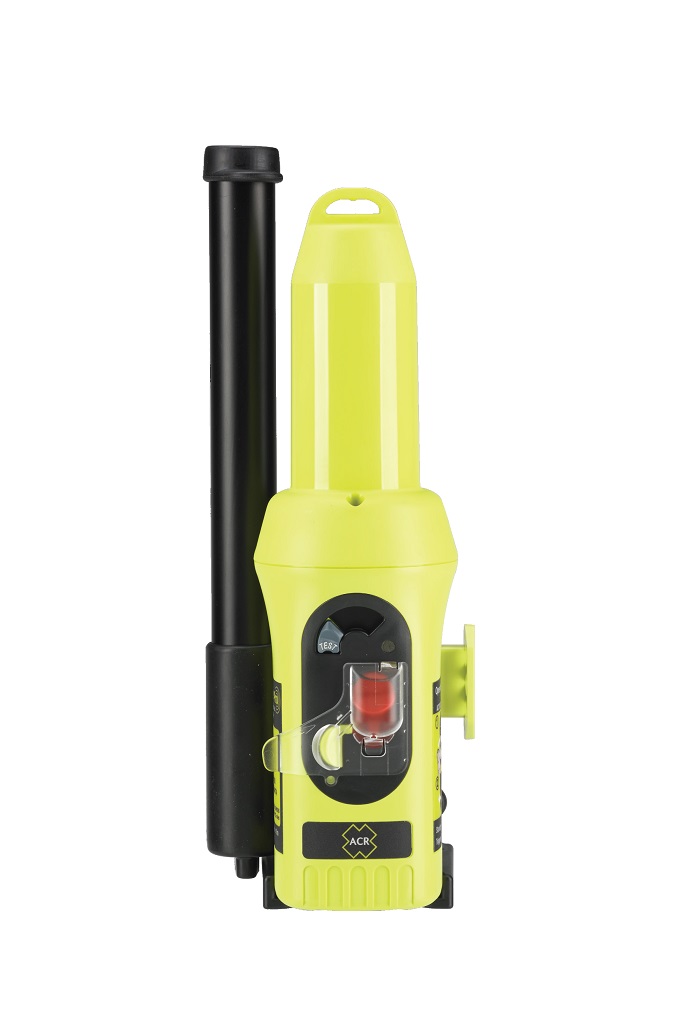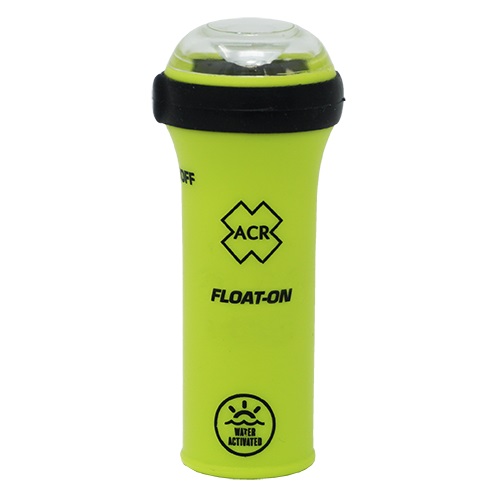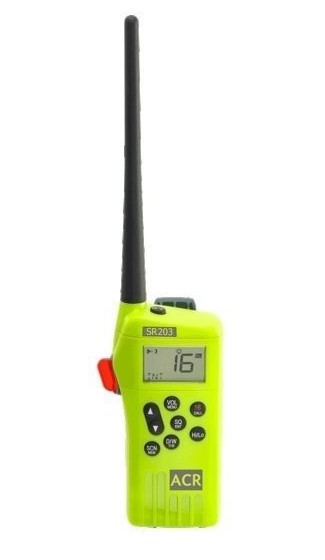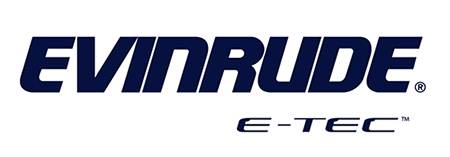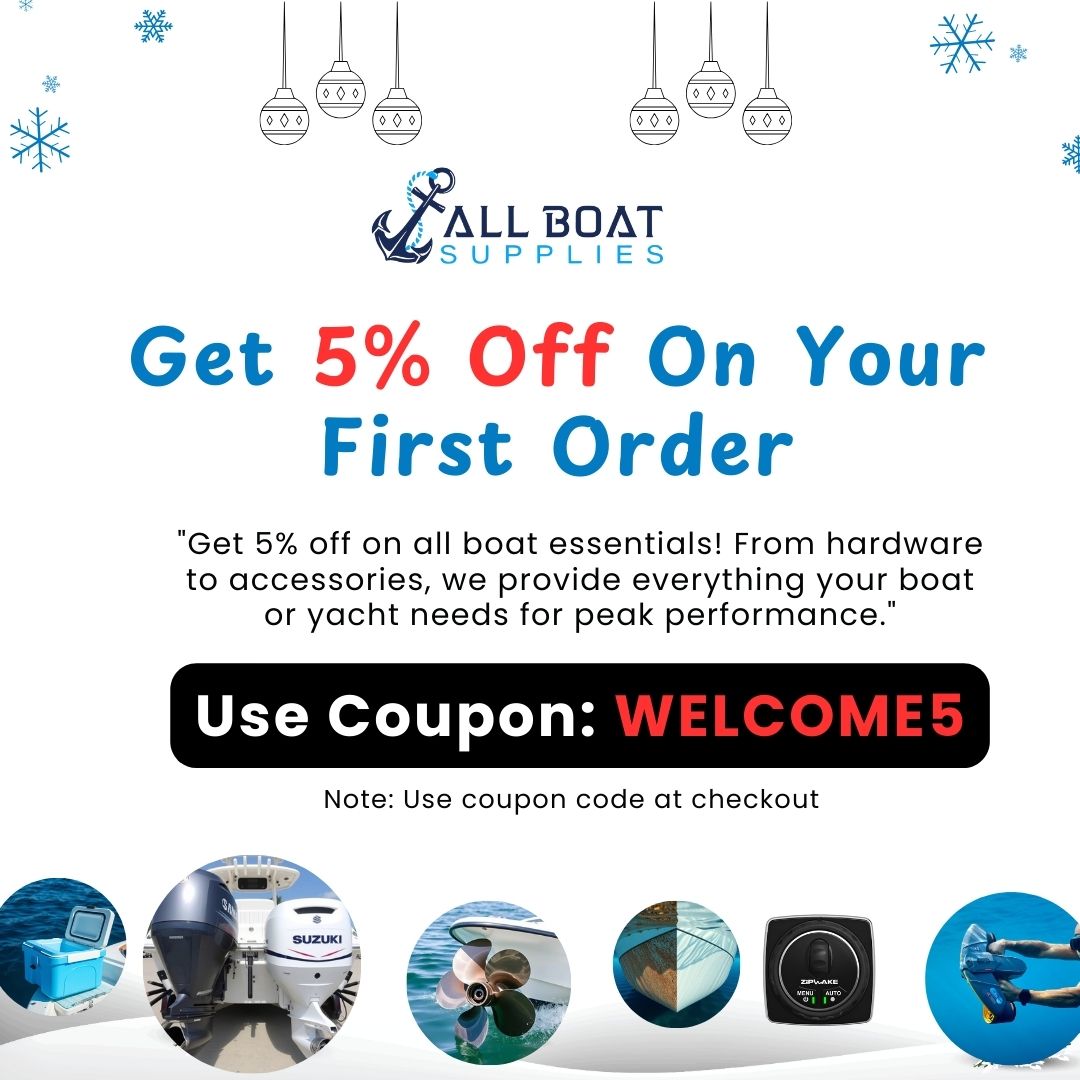Protecting Fiberglass Boat Hulls: Why Hull Shield Is the Modern Choice
Introduction
Protecting fiberglass boat hulls is crucial for any boat owner aiming to maintain speed, efficiency, and longevity. Algae, barnacles, and biofouling can deteriorate performance and inflate maintenance costs. Traditional antifouling paints pose environmental hazards and require frequent reapplication. Enter Hull Shield—a modern, ultrasonic antifouling system that provides a safer, smarter way to defend your fiberglass hull from marine growth. In this article, we’ll explore how Hull Shield works, why it’s the best option for modern boaters, and how to make the most of its protective benefits.
Overview / What Is Hull Shield?
Hull Shield is an innovative ultrasonic antifouling system designed to protect boat hulls, especially fiberglass surfaces, from biofouling. Using soundwave technology, Hull Shield emits ultrasonic pulses that disrupt algae and barnacle larvae before they can adhere to the hull surface. This method is chemical-free, eco-friendly, and highly effective even in warm, high-growth waters.
Unlike conventional coatings, Hull Shield works 24/7 with minimal maintenance and no impact on water quality. It’s an ideal solution for fiberglass hulls, which are particularly susceptible to slime and hard growth without proper care.
Why Fiberglass Hulls Need Special Protection
Fiberglass hulls are popular for their light weight, sleek performance, and durability. However, their smooth surfaces often attract more marine growth than metal hulls, especially in warm climates or brackish waters. Algae and barnacle buildup increases drag, lowers fuel efficiency, and can cause long-term structural damage if not addressed regularly.
Using Hull Shield ensures continuous protection without sanding, scraping, or repainting. It’s a proactive approach to hull maintenance that boaters appreciate for its long-term ROI and ease of use.
How Ultrasonic Antifouling Works on Fiberglass
Ultrasonic antifouling systems like Hull Shield function by sending high-frequency pulses through the hull. These pulses create microscopic pressure variations in the water, preventing microorganisms and larvae from settling. This method is safe for both the boat and marine environment, with zero toxic discharge or emissions.
The fiberglass construction of most modern recreational boats makes them excellent conductors for ultrasonic signals, allowing Hull Shield systems to operate at peak efficiency. No need for through-hull fittings or external components—the transducer mounts inside the hull for a simple, clean installation.
Benefits of Using Hull Shield on Fiberglass Boats
- Eco-Friendly: No paint, no chemicals, and no pollution
- Low Maintenance: Set it and forget it; minimal upkeep required
- Improves Fuel Economy: Reduces drag caused by marine growth
- Long-Term Savings: Less frequent hull cleanings and repainting
- Safe for Gelcoat: Won’t harm or discolor fiberglass surfaces
These benefits make Hull Shield one of the best fiberglass hull protection systems on the market today. Whether you’re a weekend sailor or a full-time cruiser, this tech offers peace of mind and superior results.
Maintenance Tips
Although Hull Shield dramatically reduces hull growth, proper maintenance ensures peak performance. Here are some essential tips:
- Inspect the Transducer: Ensure the transducer is securely mounted and powered.
- Keep it Powered: Hull Shield systems require a continuous power supply to remain effective. Use battery monitors or solar panels if docked for extended periods.
- Periodic Visual Checks: Occasionally inspect the hull during haul-out or dives to monitor system effectiveness.
- Combine with Soft Washing: In high-growth areas, supplement with gentle water-based hull cleaning for best results.
These fiberglass hull maintenance tips enhance the lifespan of both your boat and your Hull Shield system.
Expert Advice and Pro Recommendations
Marine professionals and surveyors often endorse Hull Shield as a forward-thinking, low-impact alternative to toxic antifouling paint. According to Captain Dave Morgan, a marine technician with over 25 years of experience:
“Fiberglass boats benefit greatly from ultrasonic antifouling. The Hull Shield system is one of the best ultrasonic options available—effective, efficient, and easy to maintain.”
For boats under 35 feet, a single transducer system like the HD1 Single Transducer System may suffice. Larger boats or catamarans should consider the HD4 system for optimal coverage.
Real-World Case Studies of Hull Shield on Fiberglass Boats
Case studies highlight Hull Shield’s effectiveness on various fiberglass vessels. In a recent trial conducted in Florida, a 28-foot Sea Ray equipped with a single HD1 unit showed 90% less algae growth after six months in a marina notorious for slime and barnacles.
Another user, operating a 42-foot Lagoon catamaran, installed a dual HD4 system and reported zero barnacle attachment after a full season in the Caribbean. These results are consistent with lab tests and anecdotal experiences shared across boating forums and Facebook groups.
Cost and Durability of Hull Shield Systems
When considering long-term cost and hull protection, Hull Shield is a smart investment. Here’s a breakdown of value:
- HD1 Systems: Starting around $800–$1000; ideal for small to mid-size boats
- HD4 Systems: $1500–$2500 depending on configuration
- Durability: Systems last up to 10 years with minimal wear and no need for repainting
When you factor in the cost of antifouling paint every 1–2 years, haul-out fees, labor, and time, Hull Shield becomes a cost-effective solution for fiberglass hulls.
Detailed FAQ Section
How does Hull Shield work on fiberglass compared to metal hulls?
Hull Shield’s ultrasonic technology performs exceptionally well on fiberglass hulls due to fiberglass’s ability to transmit sound efficiently. Metal hulls can also benefit but may require more transducers due to sound reflection. For fiberglass boats, the signal travels cleanly across the hull’s inner laminate, creating widespread protection against biofouling.
Owners of fiberglass boats often report stronger performance with fewer transducers compared to aluminum or steel hulls. This makes the system cost-effective and easier to install.
Is ultrasonic antifouling safe for marine life?
Yes. Ultrasonic systems like Hull Shield emit frequencies that are specifically tuned to disrupt algae and larvae adhesion—not to harm fish or marine mammals. Unlike copper-based paints or biocides, this technology doesn’t leach chemicals into the water. It is considered one of the most eco-friendly boat antifouling solutions on the market.
It’s also safe for swimmers and pets aboard the boat. Regulatory agencies in the U.S. and Europe do not classify ultrasonic antifouling as a pollutant.
How do I install a Hull Shield system on a fiberglass boat?
Installation is straightforward. Mount the transducer inside the hull using marine epoxy or silicone, ideally below the waterline. Connect it to the controller and power supply. Each Hull Shield kit includes detailed instructions and wiring diagrams. Most DIYers can install a system in under 2 hours.
For large or complex hulls, consult with a professional marine electrician or certified installer to ensure best placement for signal propagation and coverage.
Will Hull Shield damage my gelcoat or fiberglass laminate?
No. Hull Shield operates at frequencies that do not damage fiberglass construction or affect gelcoat integrity. The ultrasonic vibrations are microscopic and non-invasive. There’s no drilling or penetrating required, which preserves the structural integrity of the hull.
Many users have reported using Hull Shield systems for years without a single issue related to their gelcoat or interior hull layers.
Can Hull Shield replace antifouling paint entirely?
In many moderate to high-growth areas, yes. For best results, many boaters use Hull Shield in combination with a smooth epoxy barrier coat, reducing the need for toxic antifouling paints. Some jurisdictions even restrict copper-based coatings, making ultrasonic systems a necessary alternative.
If your boat remains in the water year-round, Hull Shield provides reliable performance that rivals and often exceeds traditional antifouling paint in effectiveness and convenience.
Special Offer
WELCOME5 – Get 5% off storewide at allboatsupplies.com
Protect your hull today with our best-in-class ultrasonic antifouling system.
-
Hull Shield HD1 Controller Only – Compact Power for Smart Antifouling
-
Hull Shield HD1 Single Transducer System – Best Entry-Level Hull Protection
-
Hull Shield HD4 Controller Only – Maximum Output for Large Boats
-
Hull Shield HD4 Ultrasonic System – Best for Full Hull Coverage & Performance
Conclusion
Fiberglass hulls require smart, sustainable protection—Hull Shield delivers just that. Its ultrasonic technology prevents marine growth, saves fuel, and eliminates the need for toxic paints. With growing restrictions on chemical antifouling and increasing awareness about marine sustainability, Hull Shield stands out as the best choice for modern fiberglass hull protection. Ready to future-proof your boat? Take advantage of our special offer and experience the difference.
Read More
For more helpful marine maintenance guides, check out our article on Best Hull Shield for Saltwater Boats: Complete Buying Guide.


